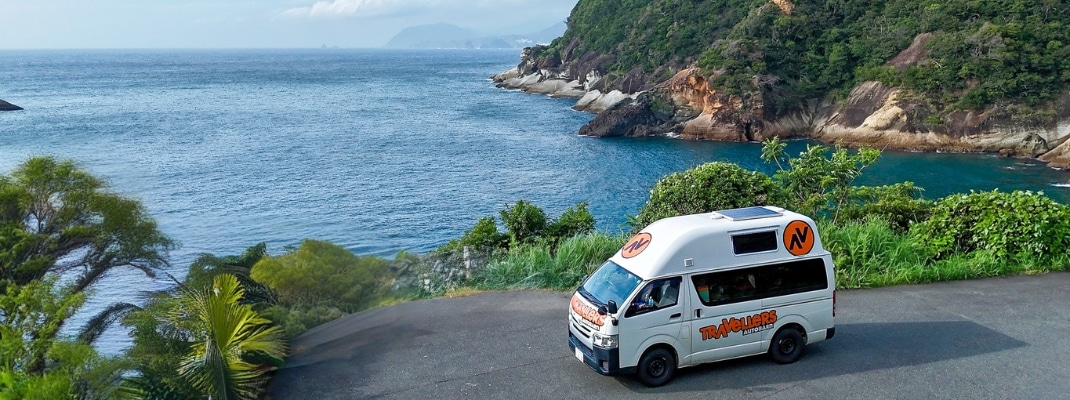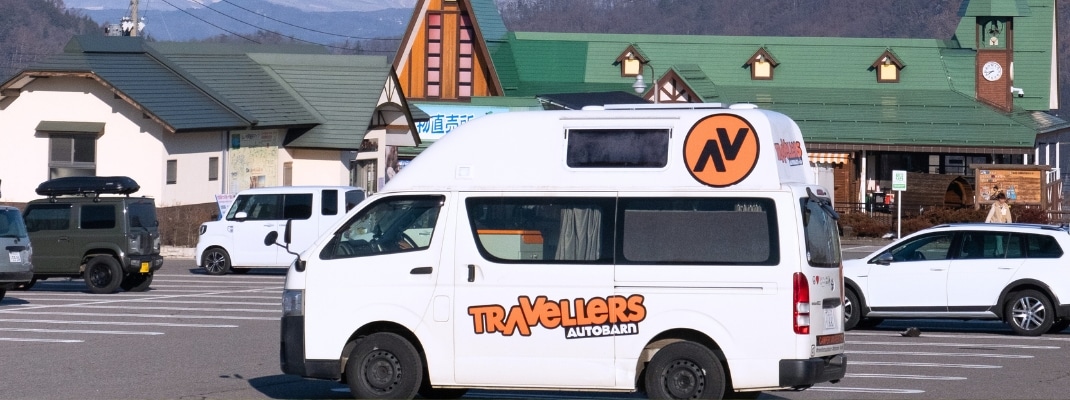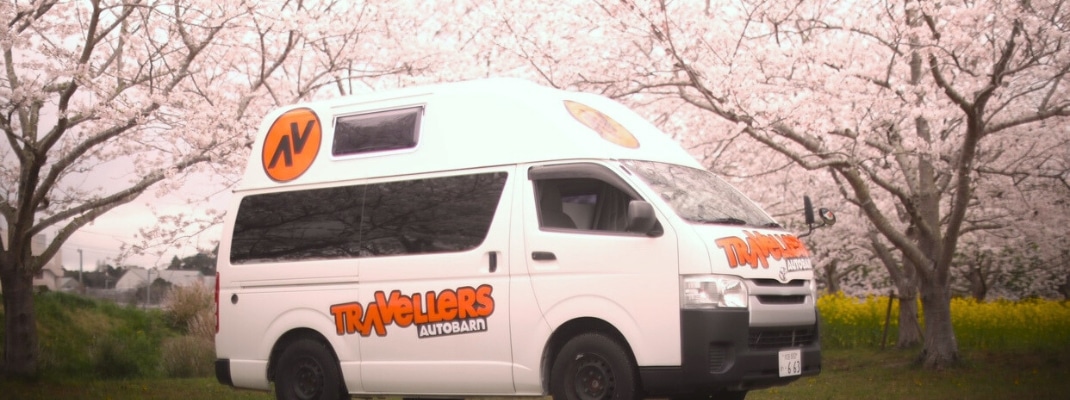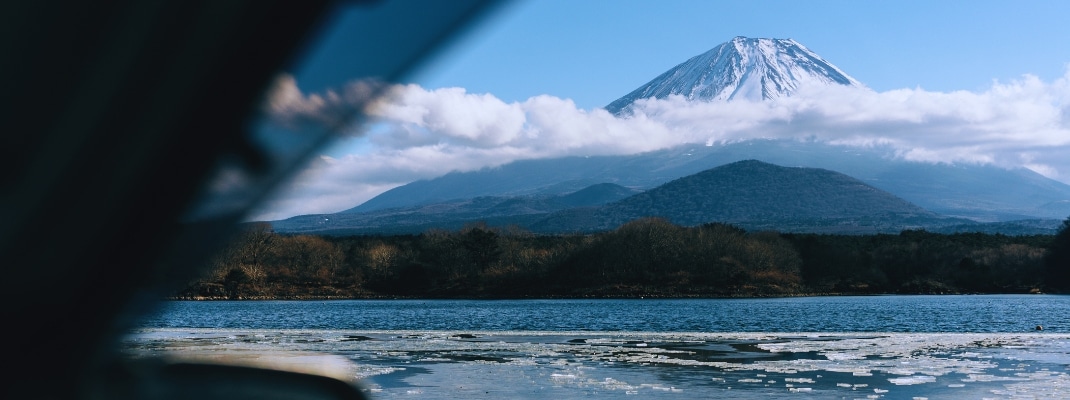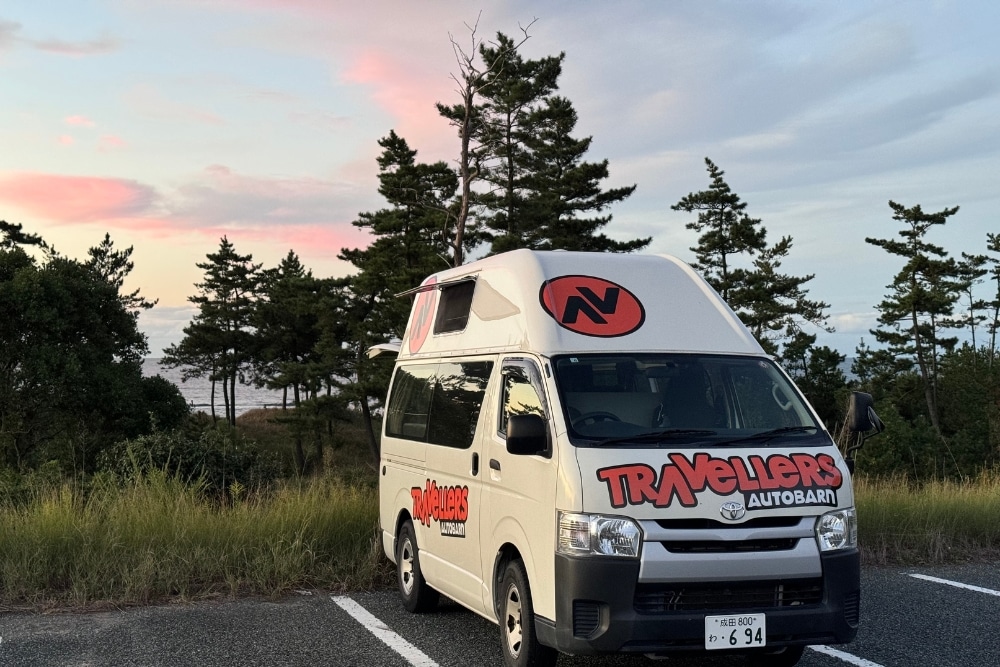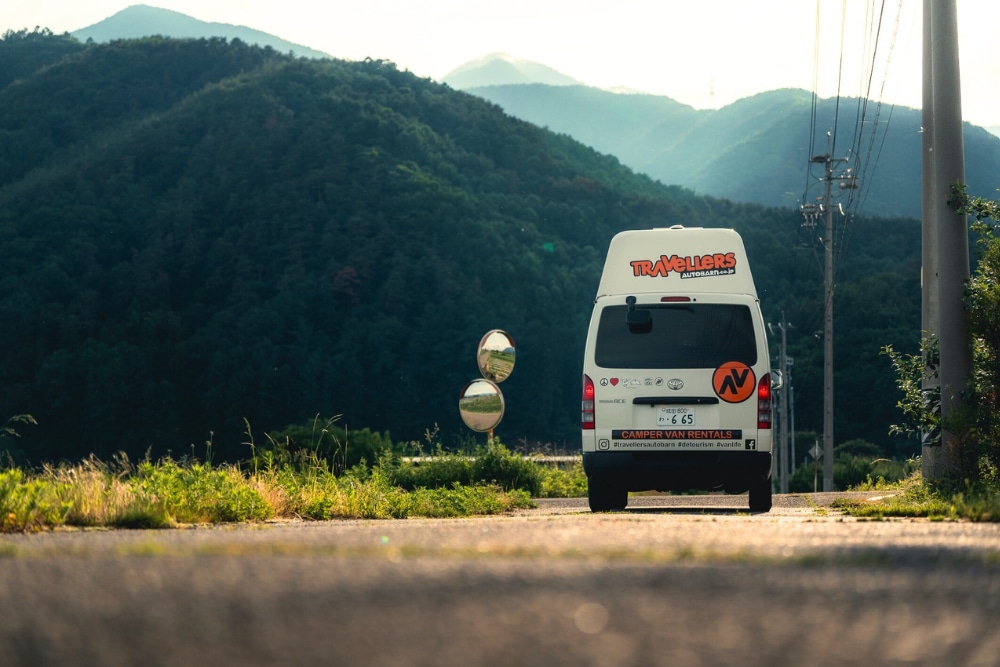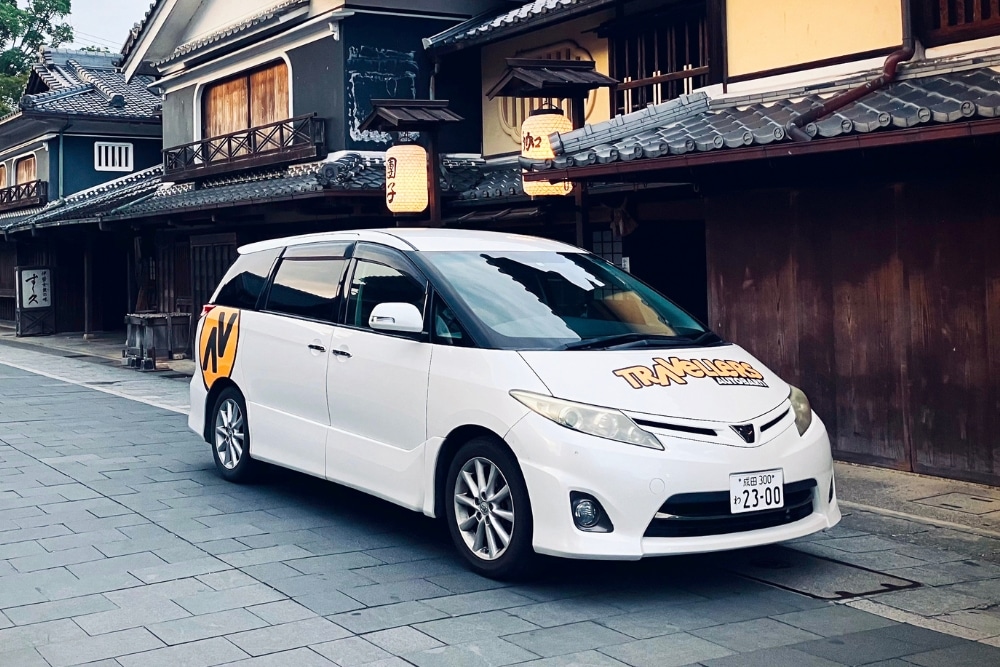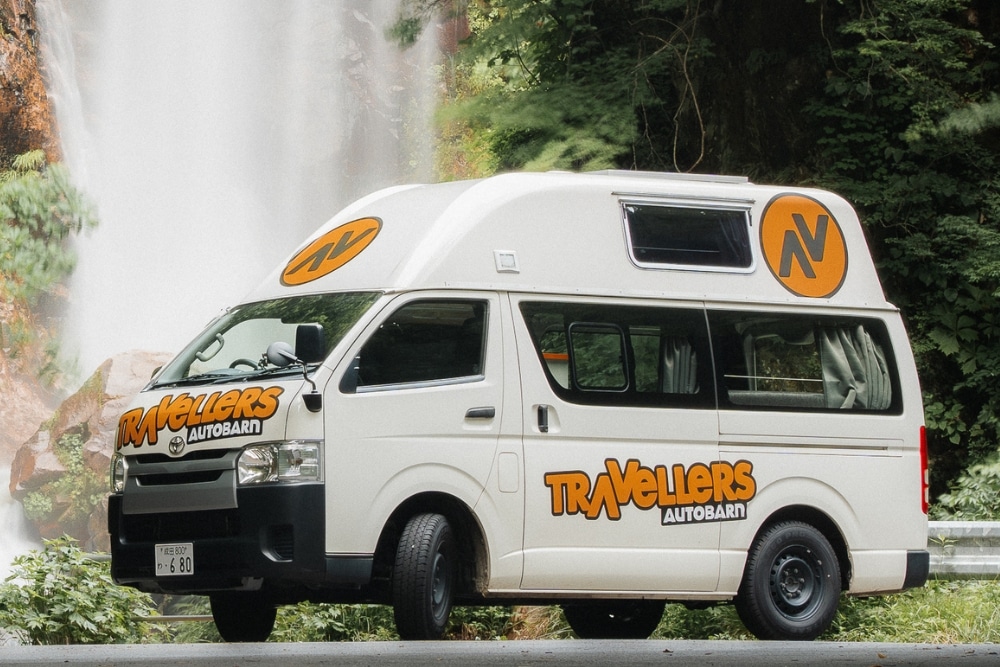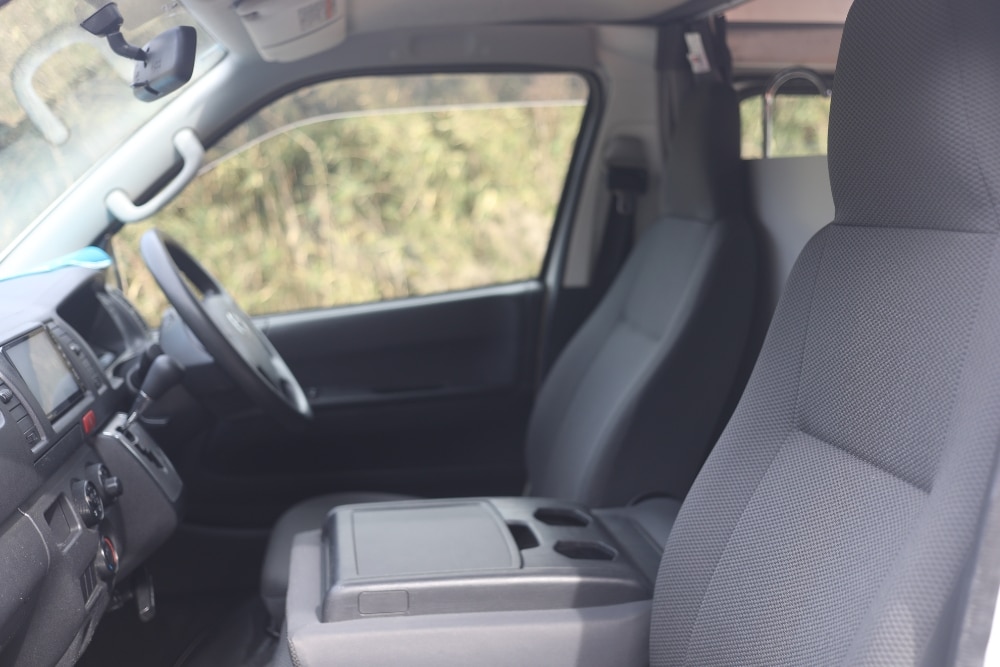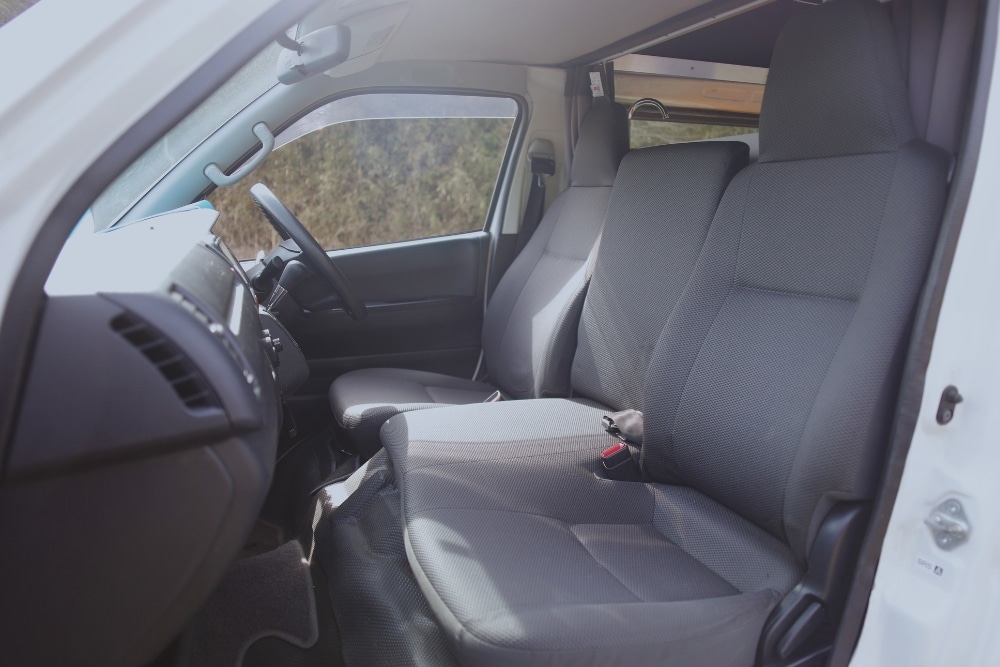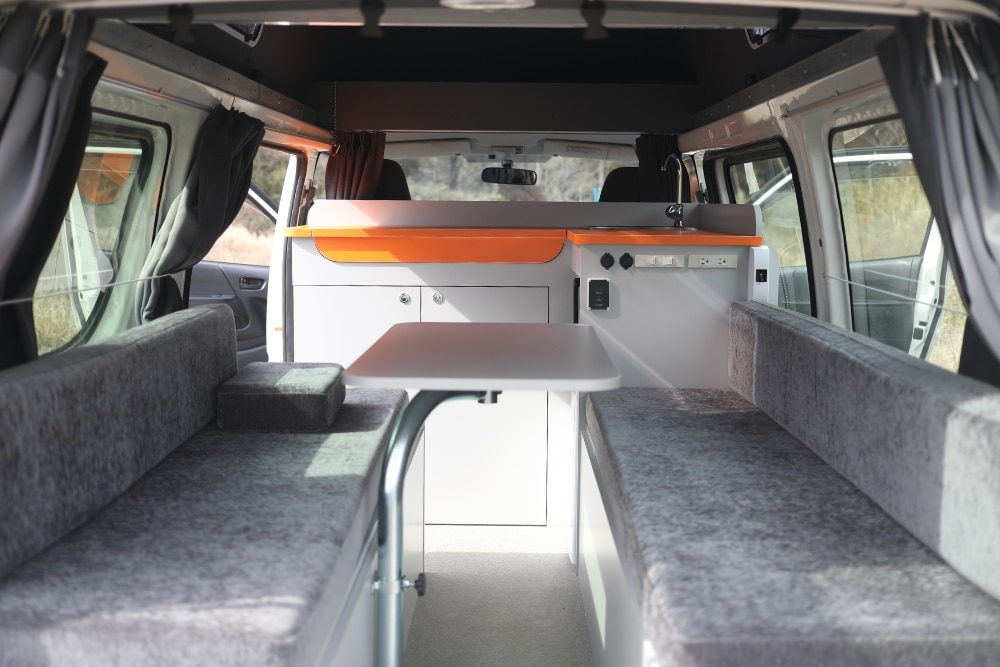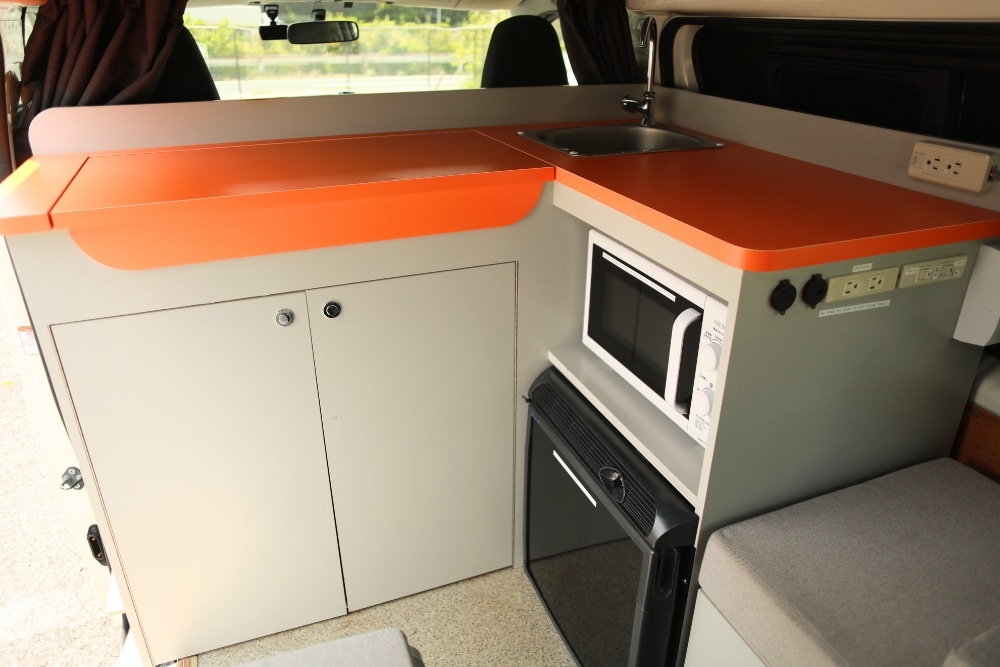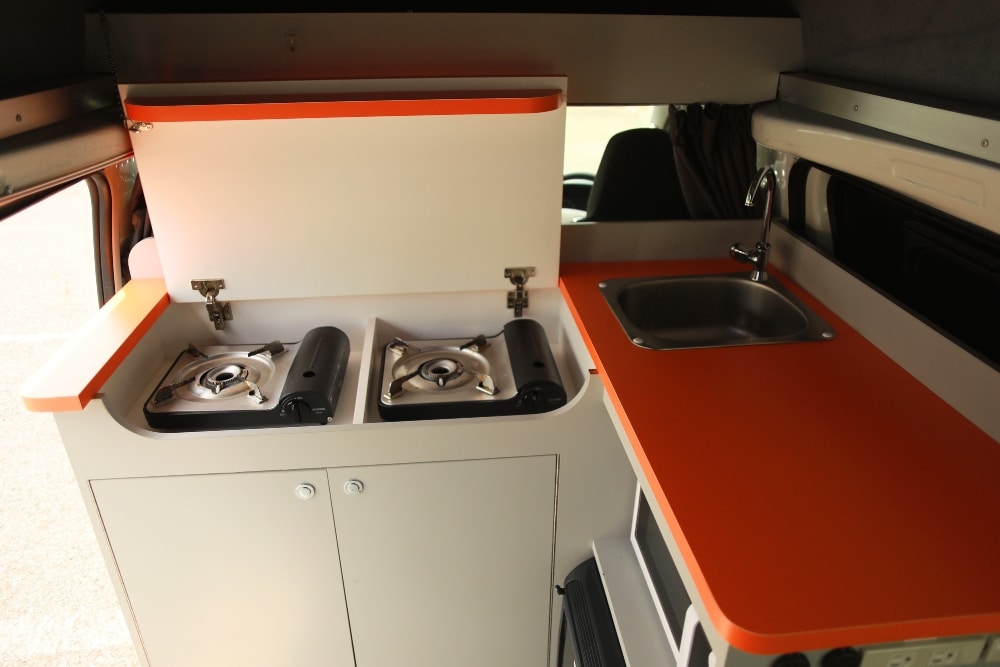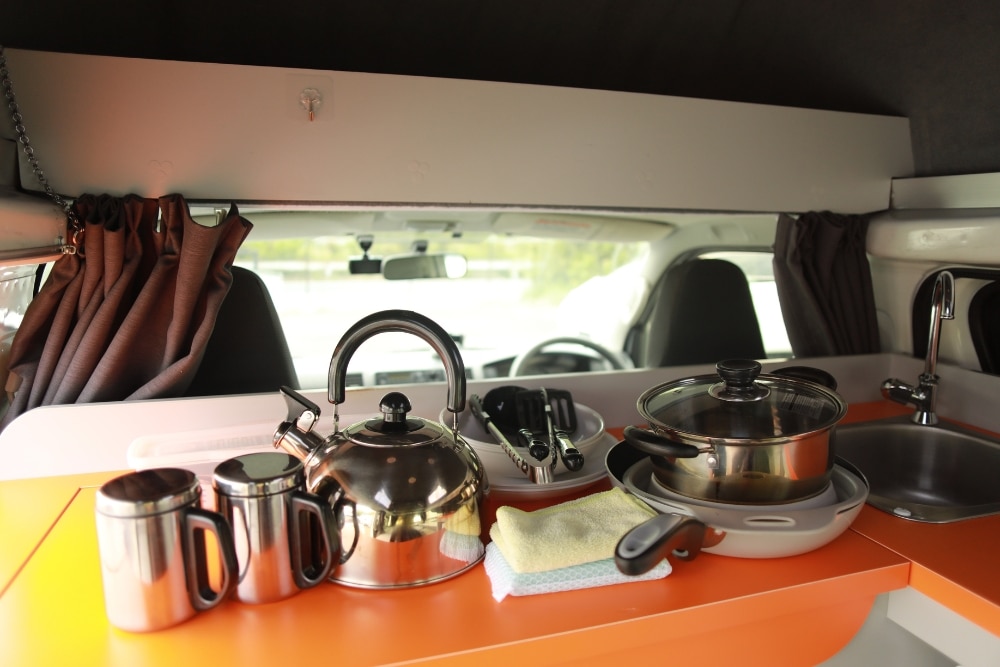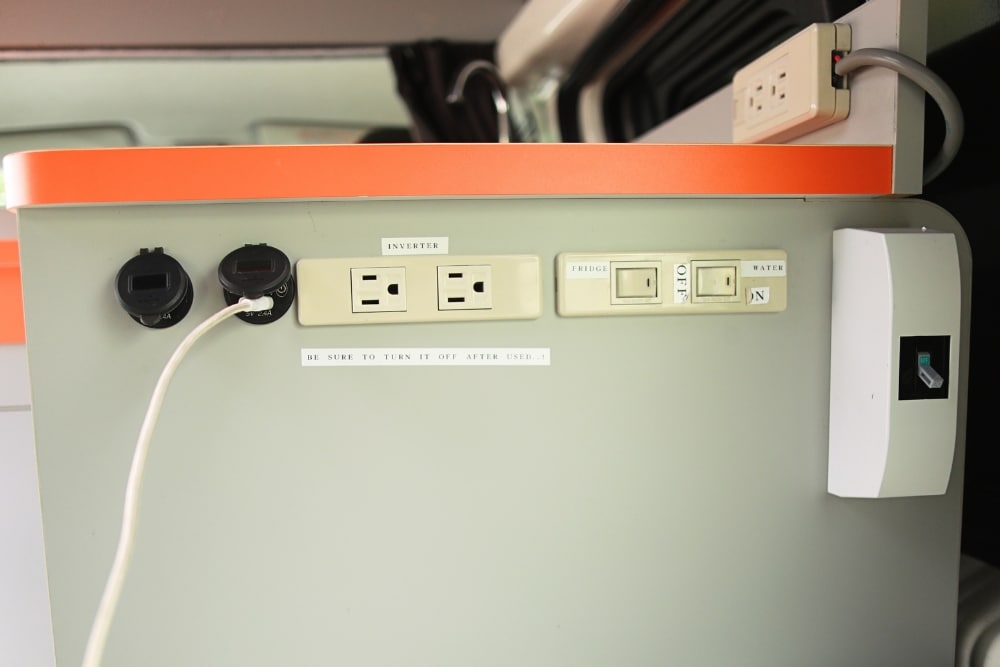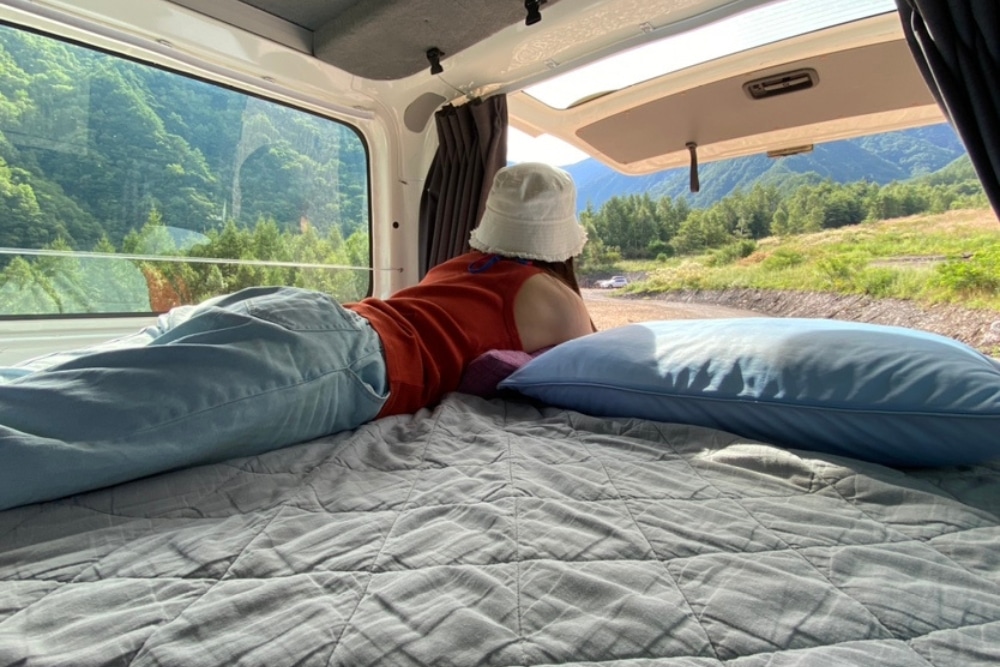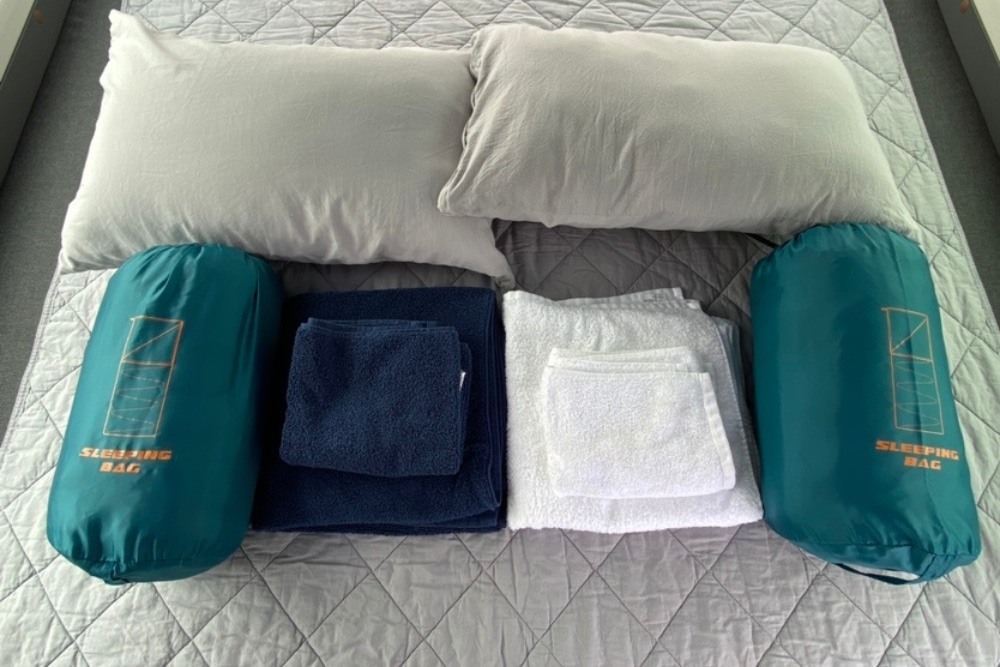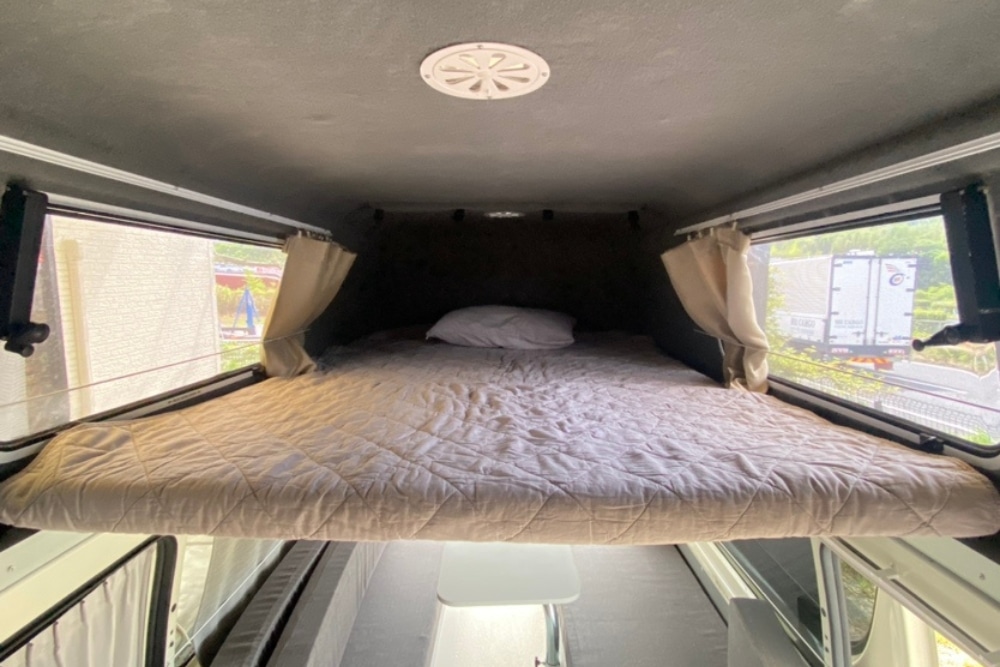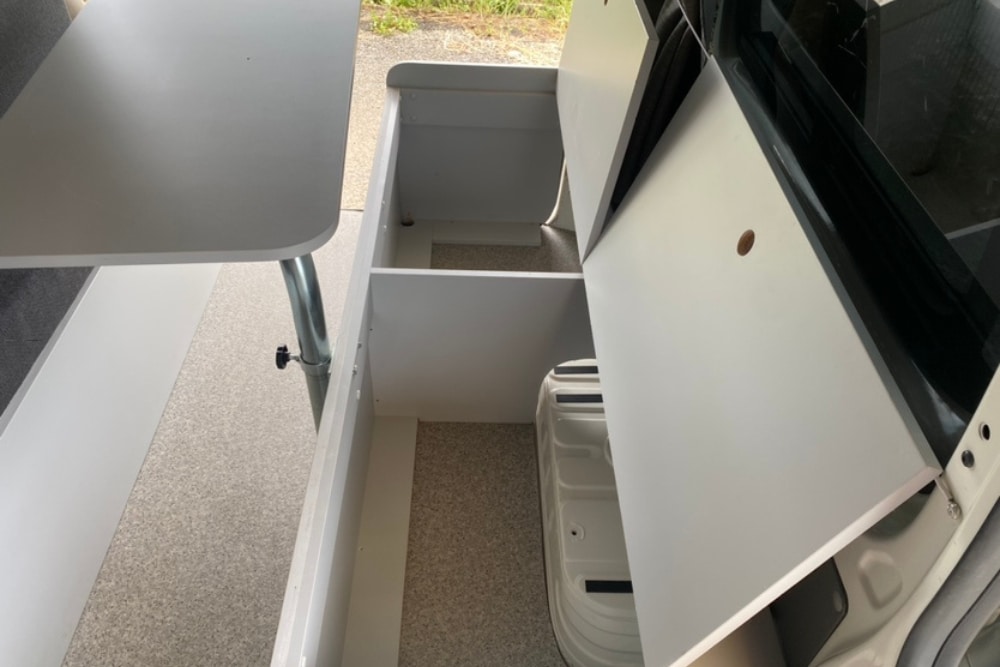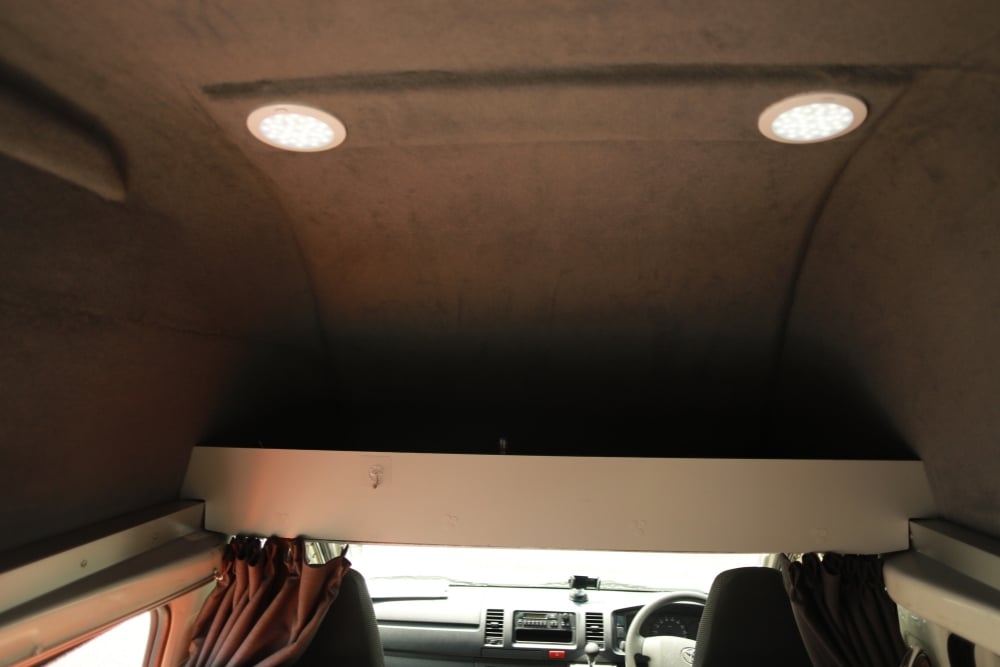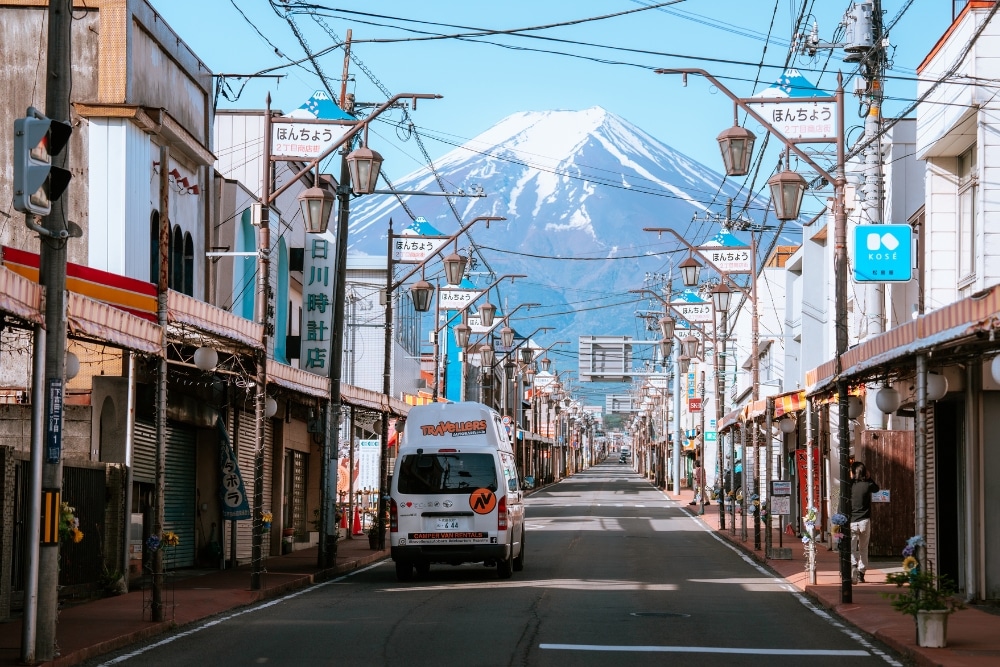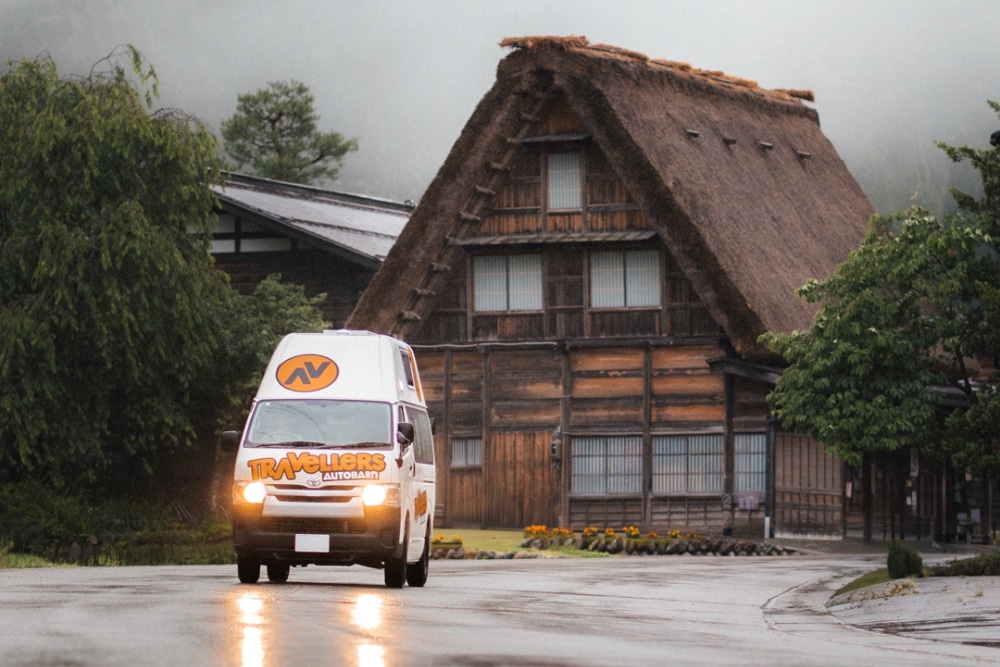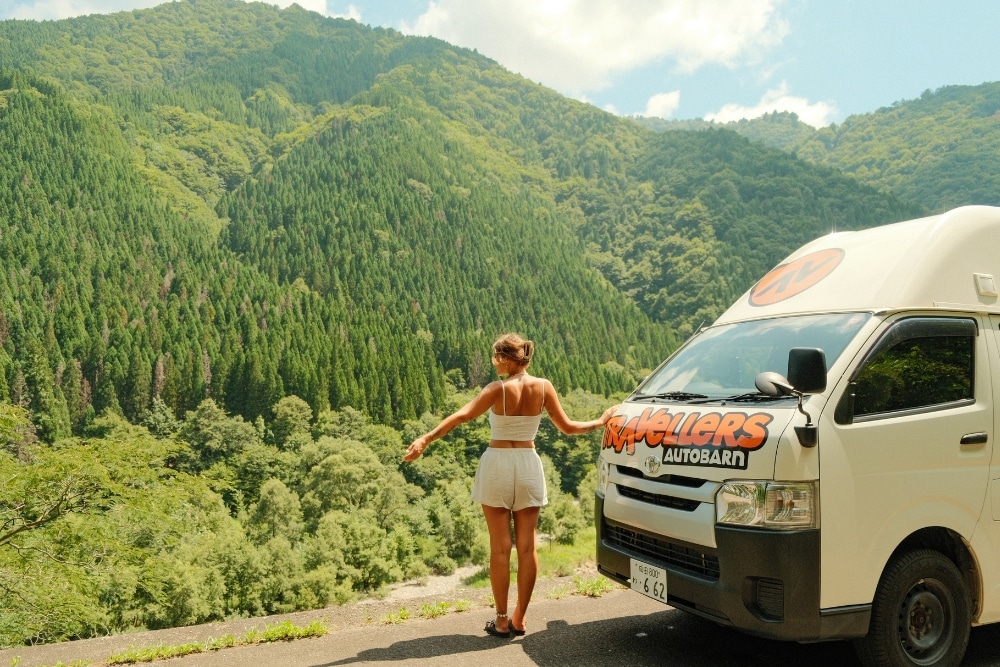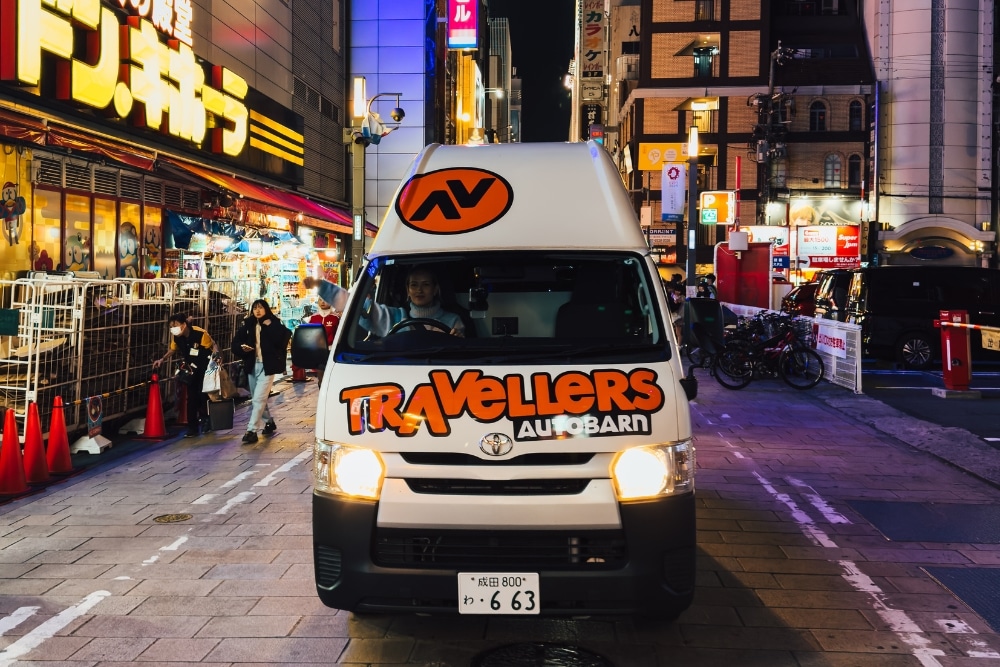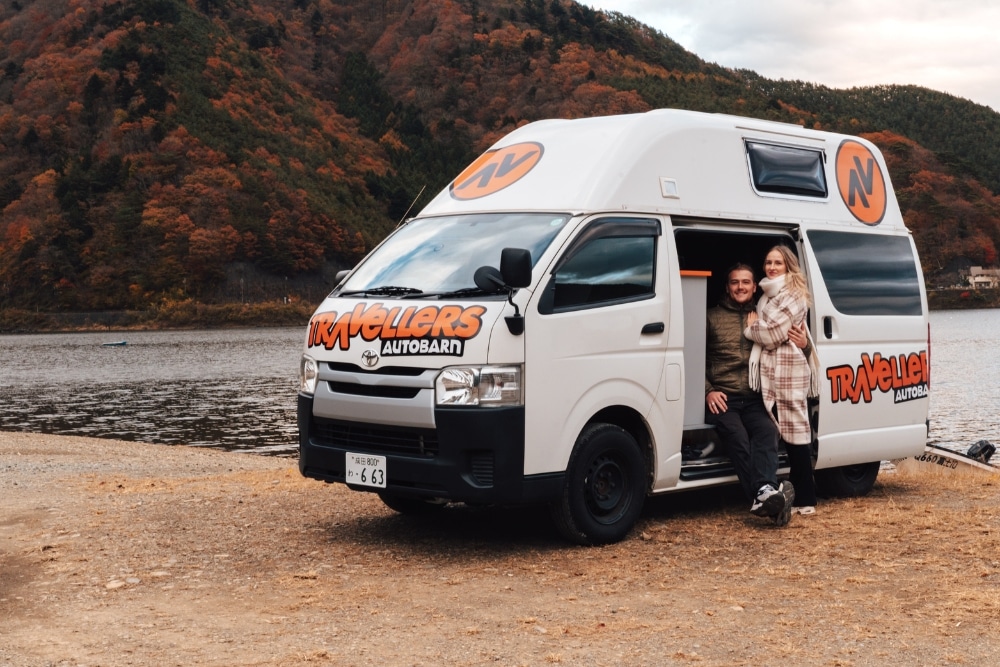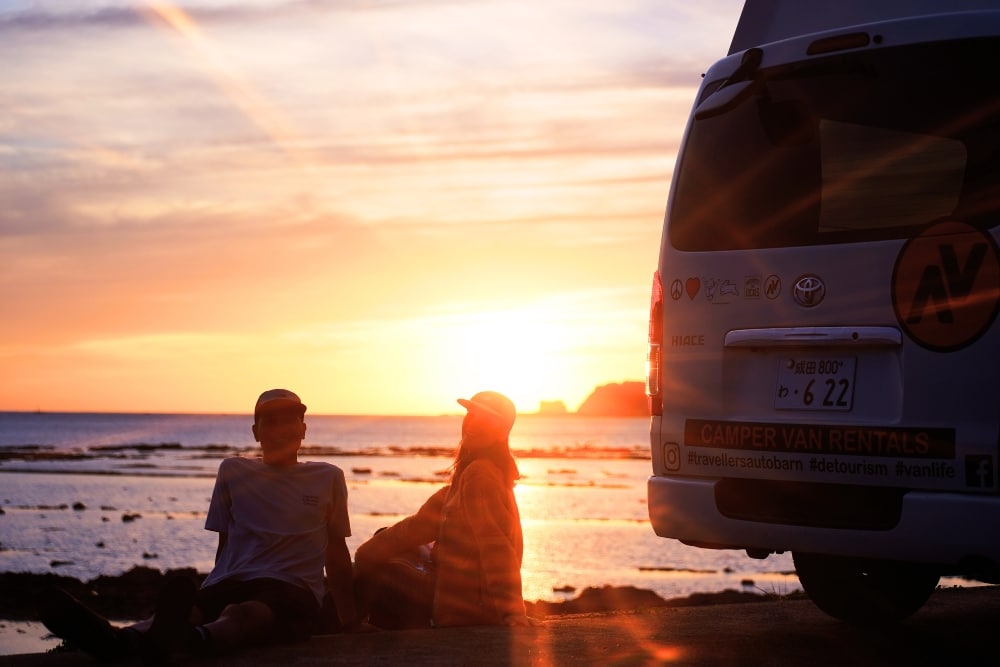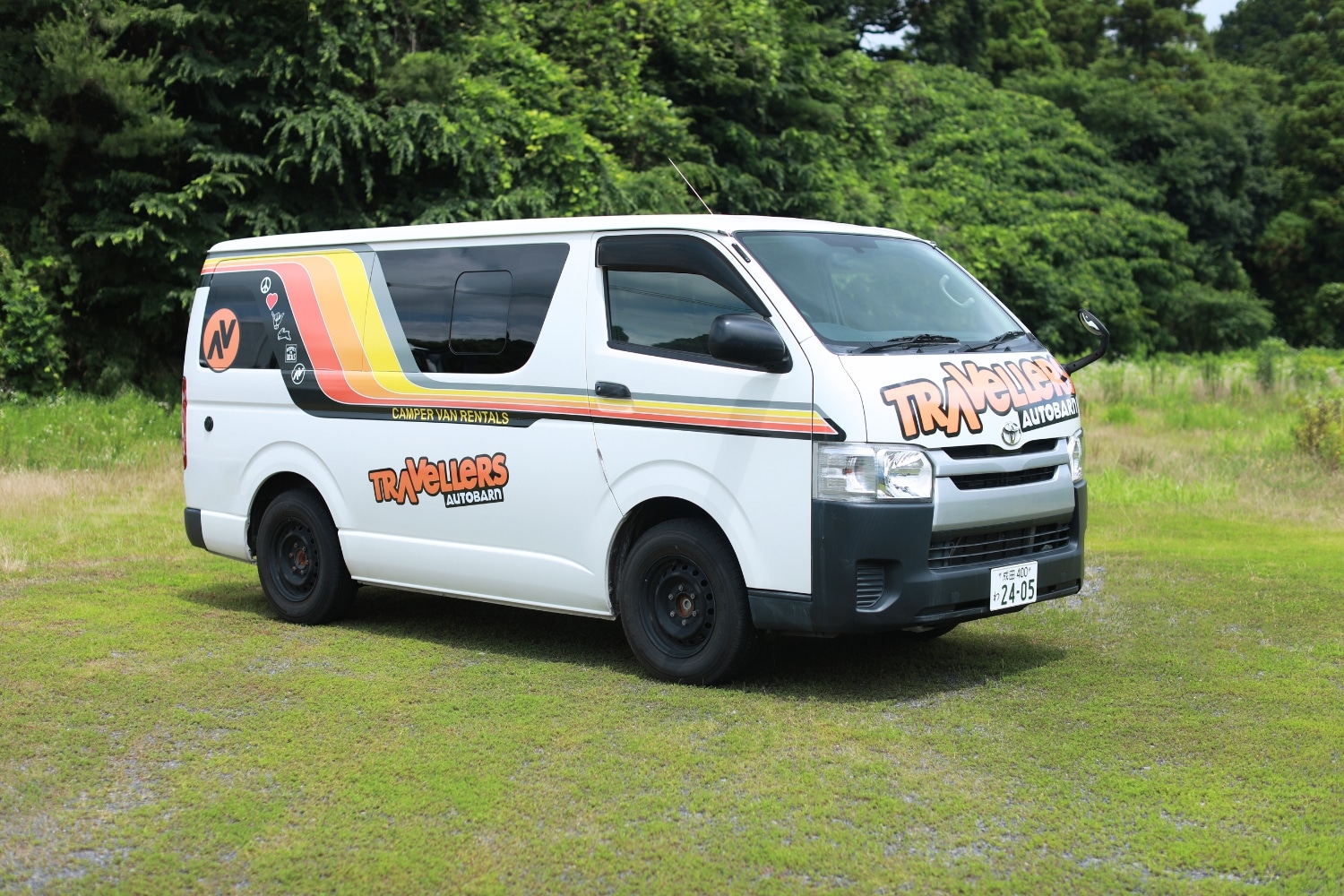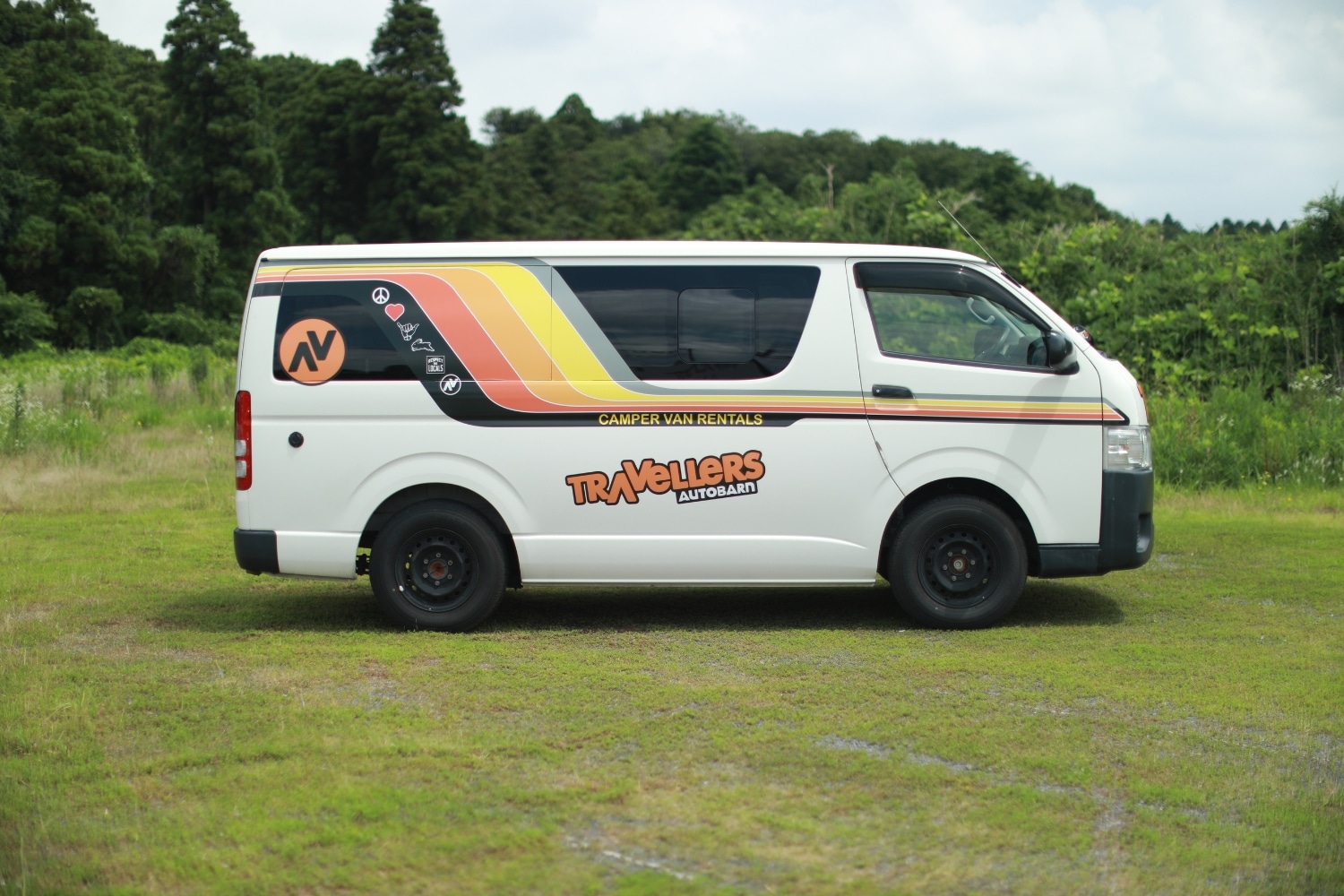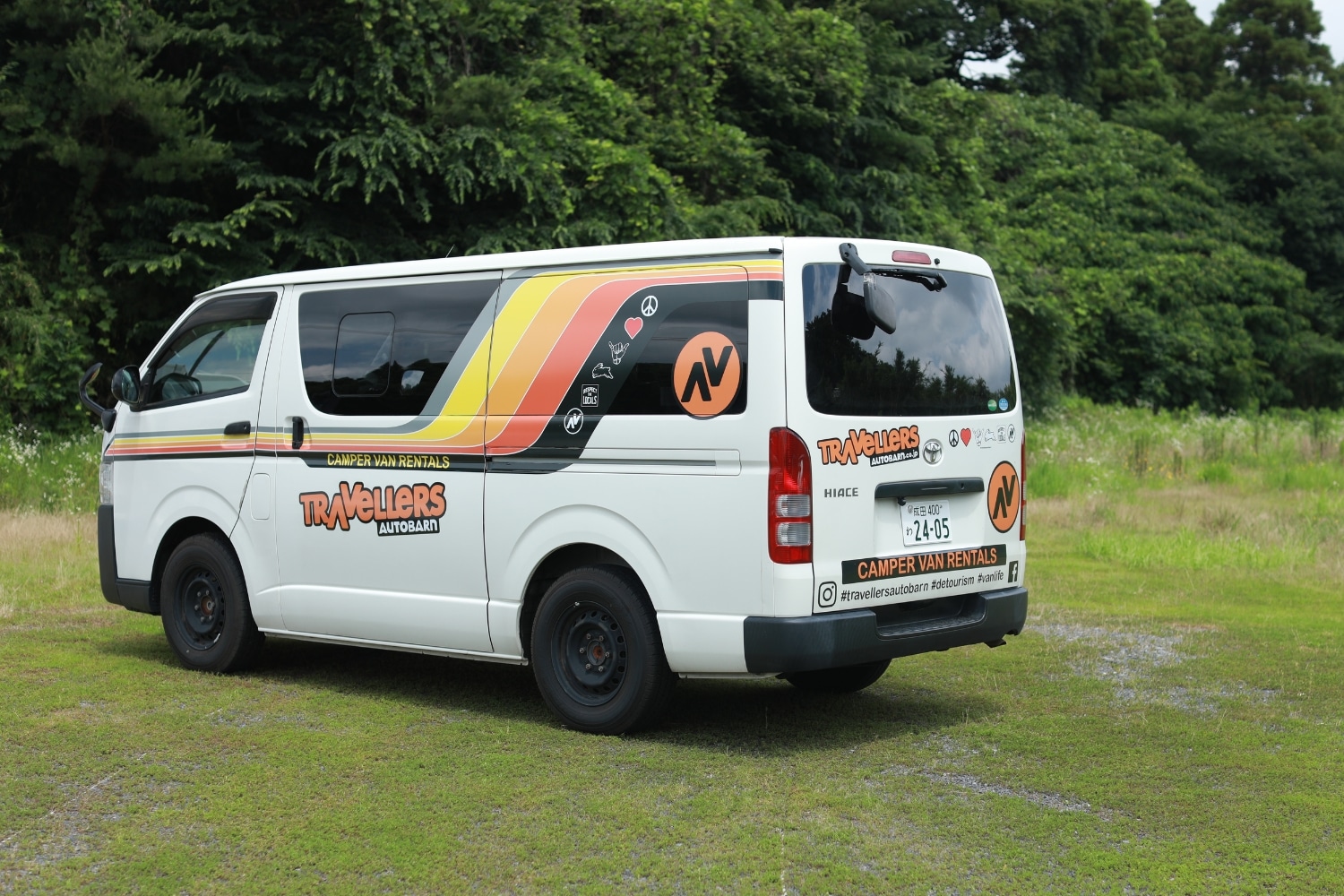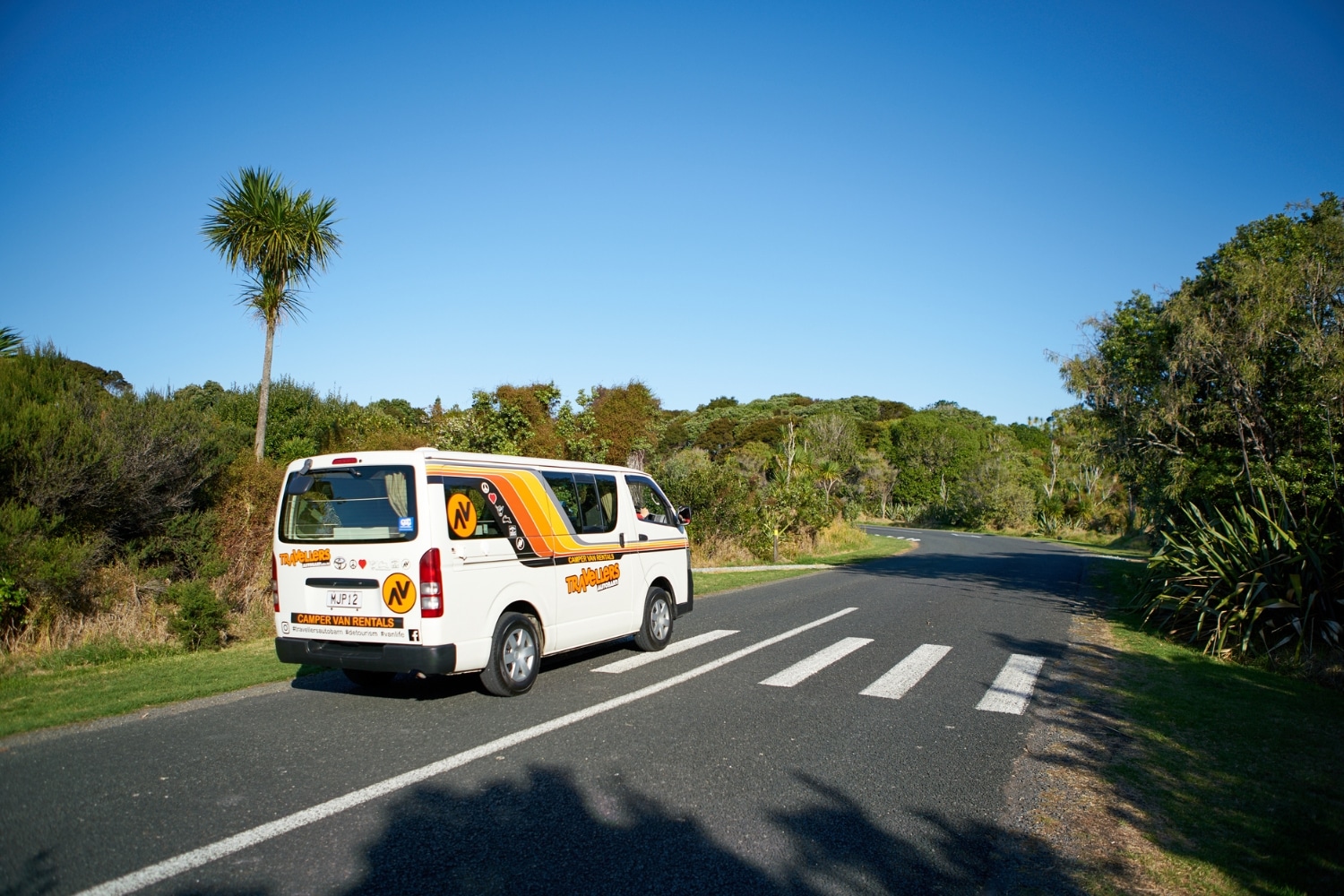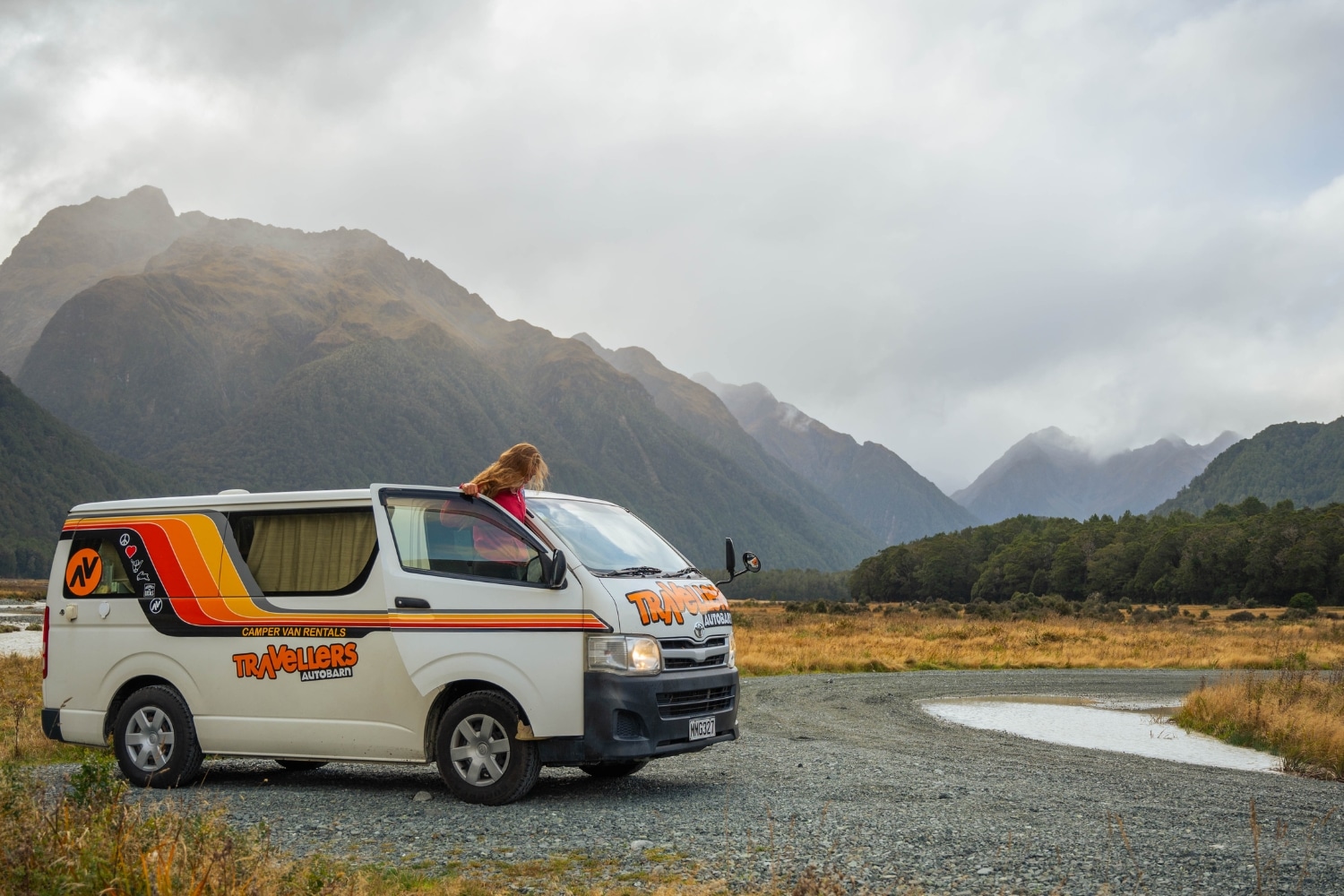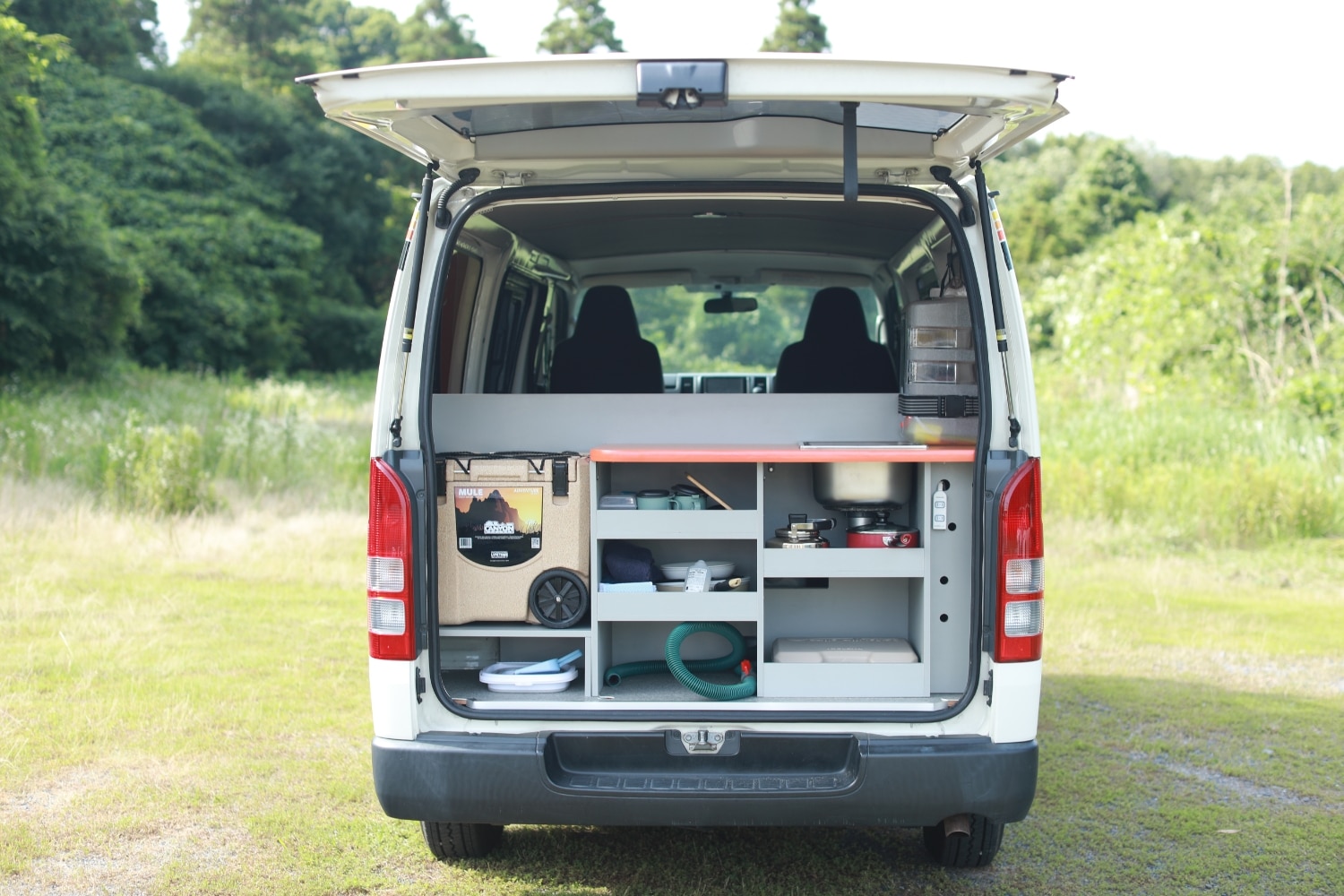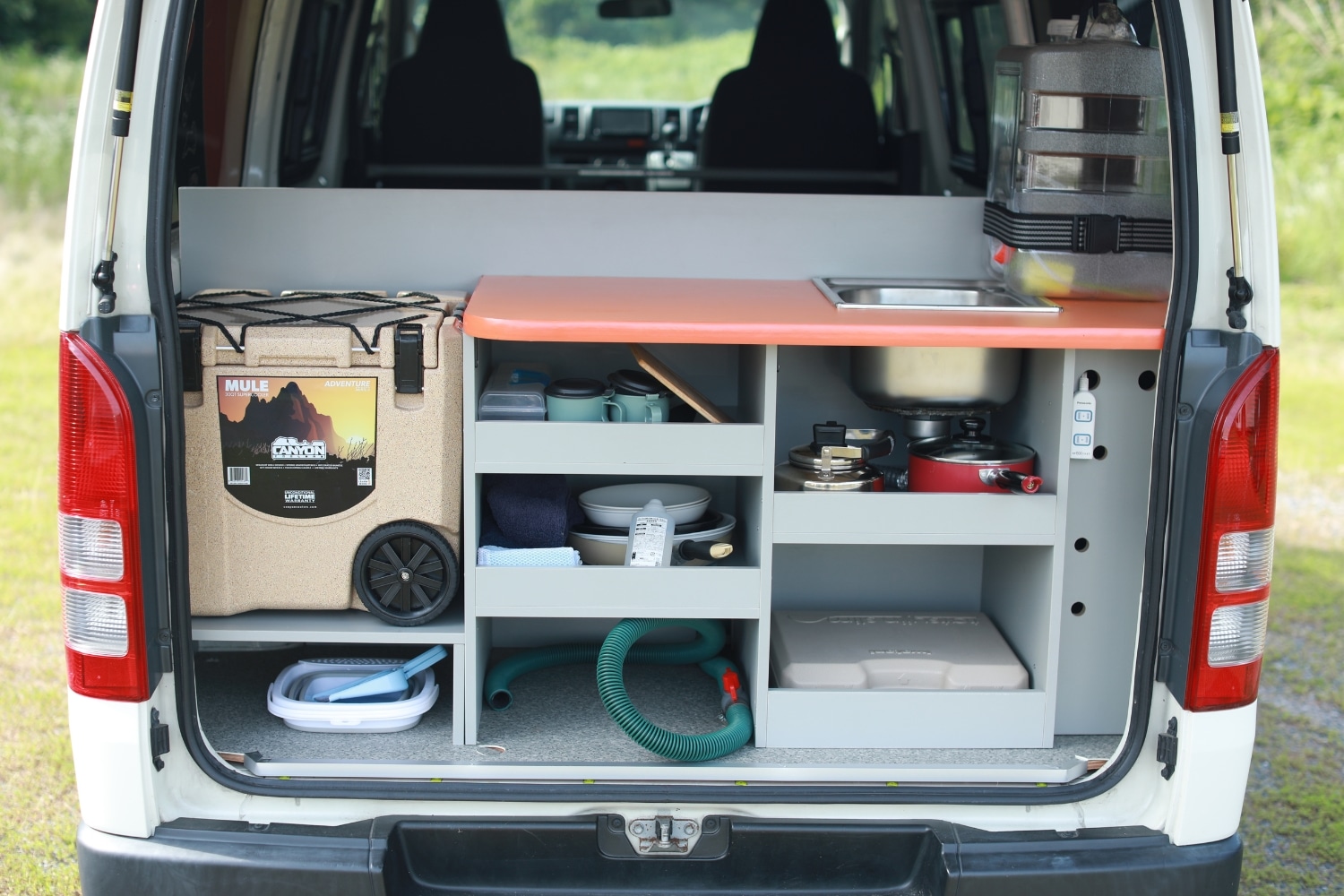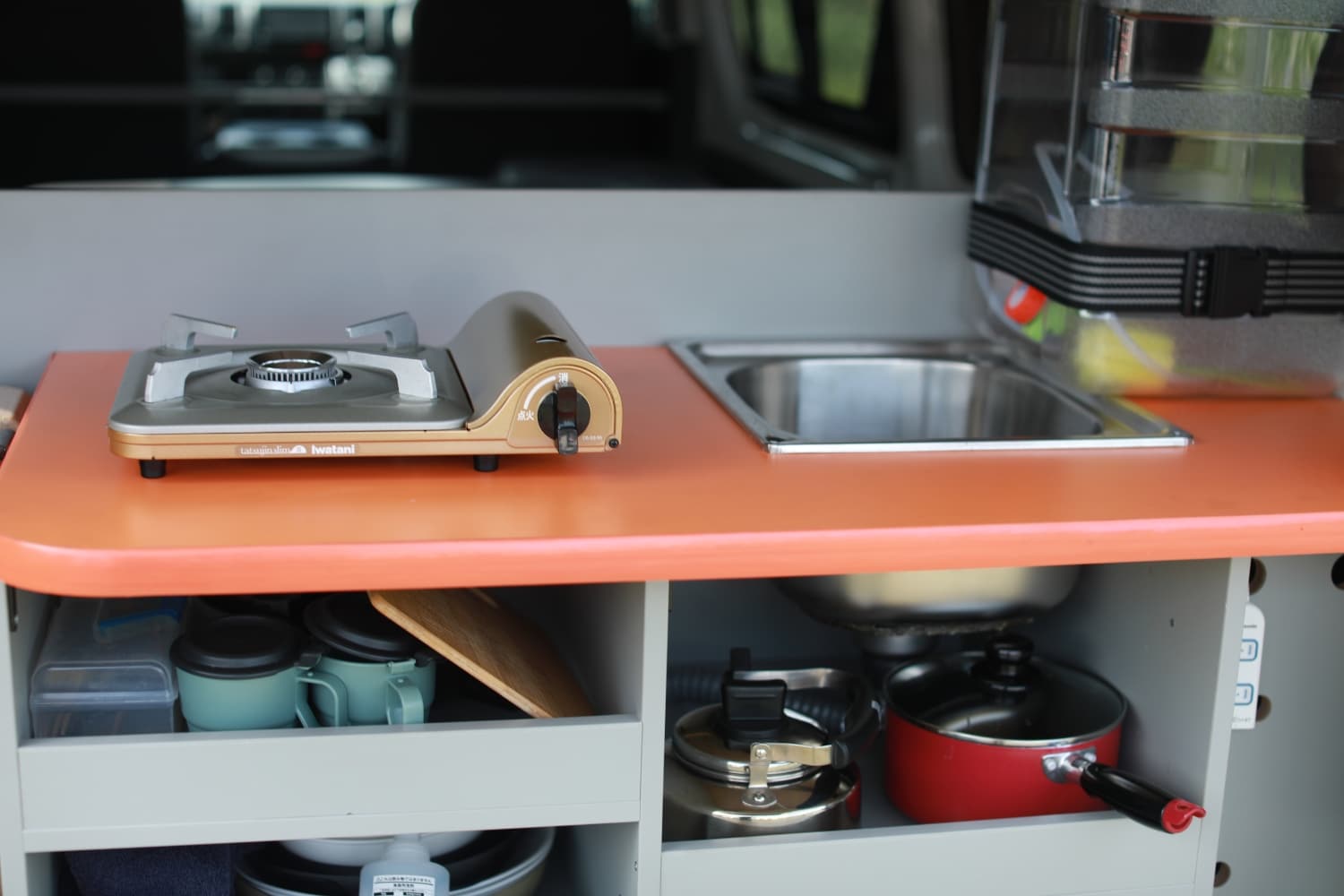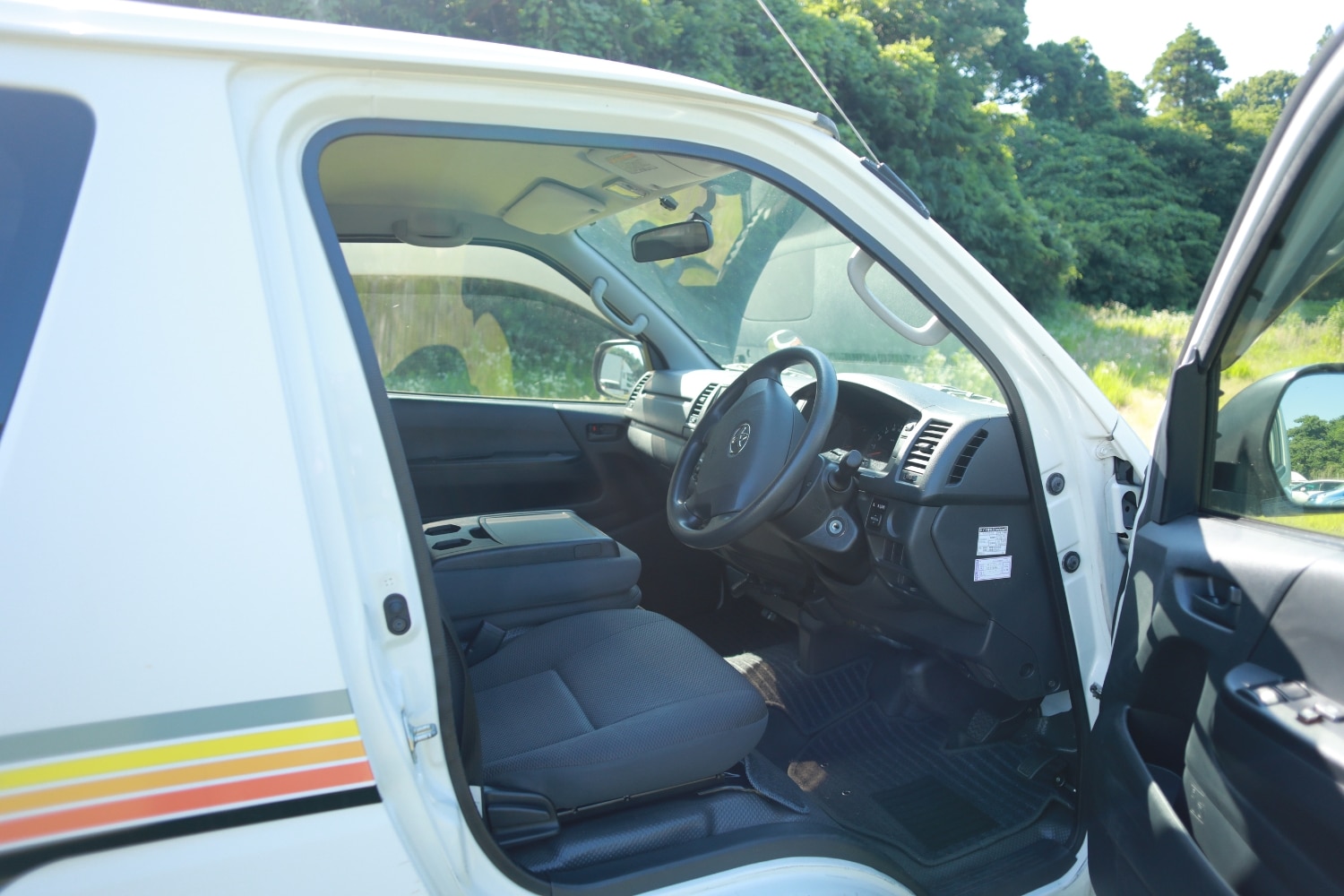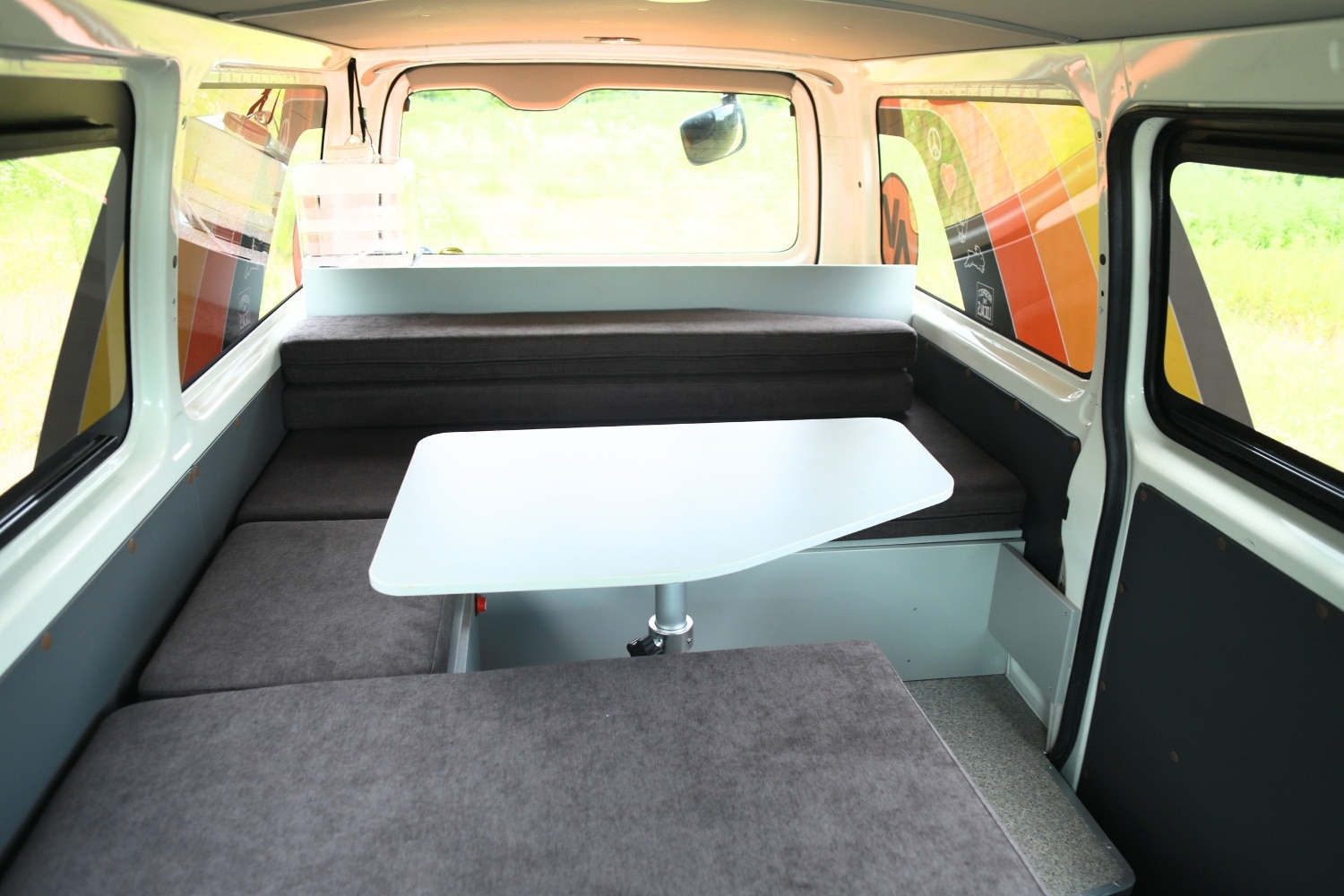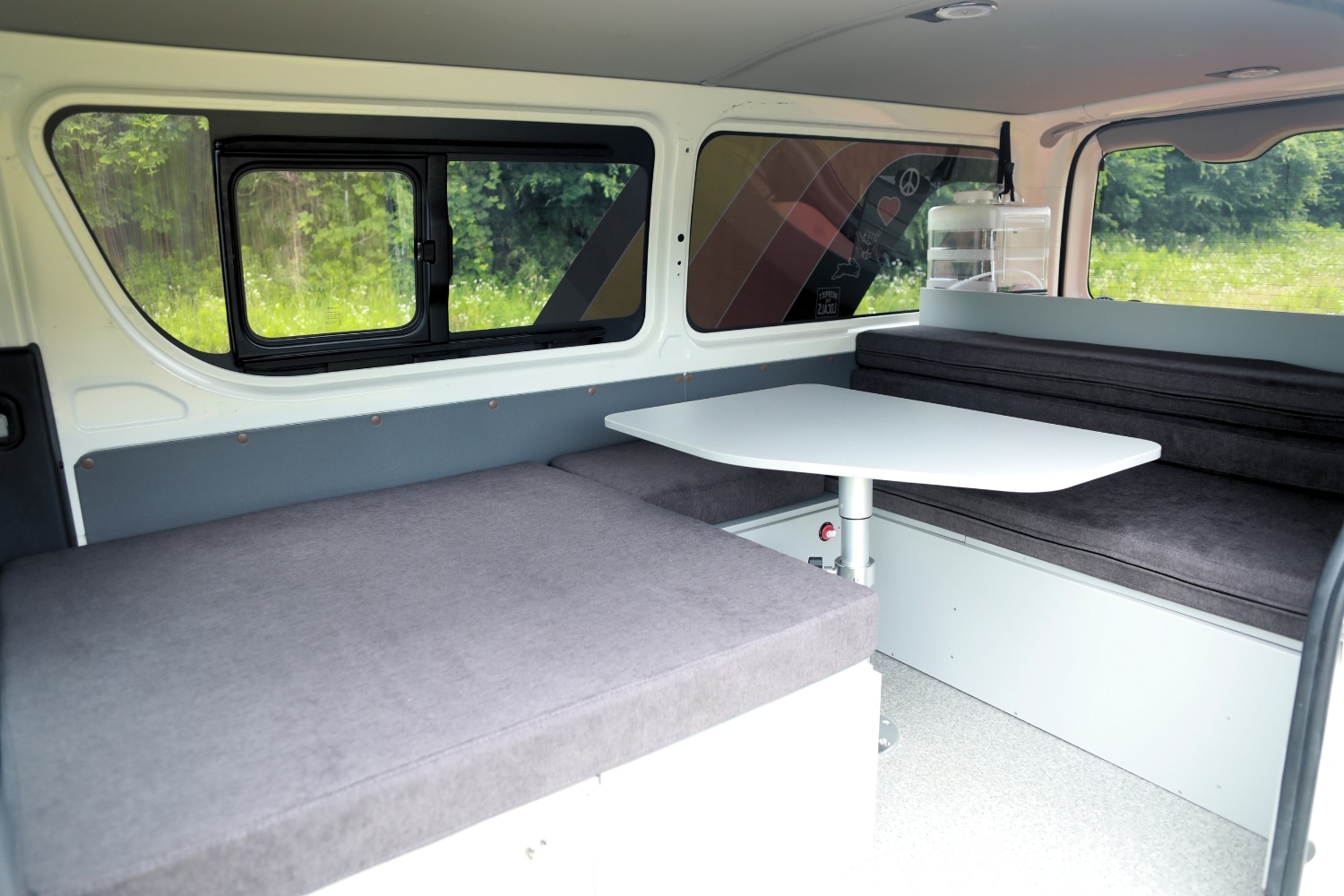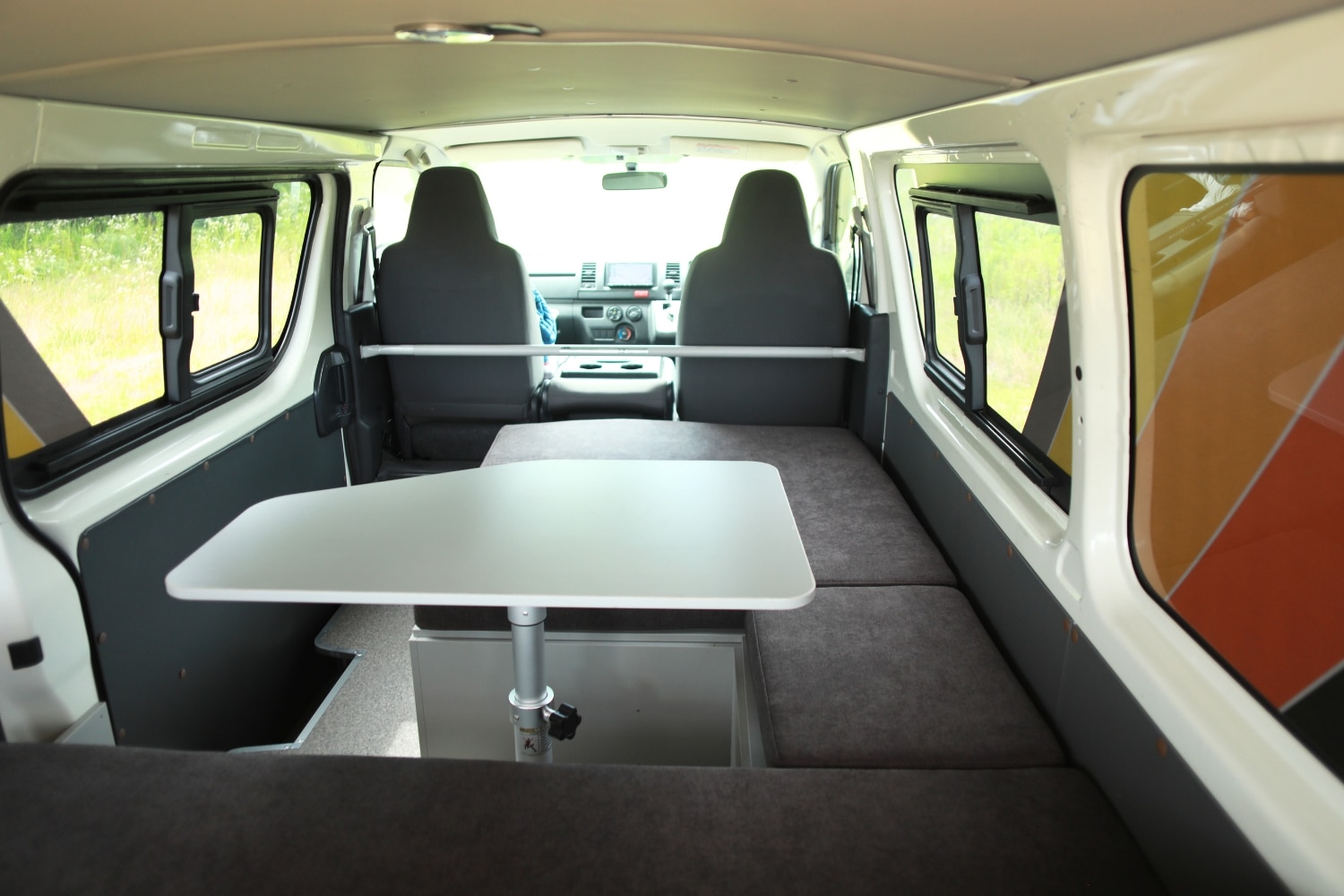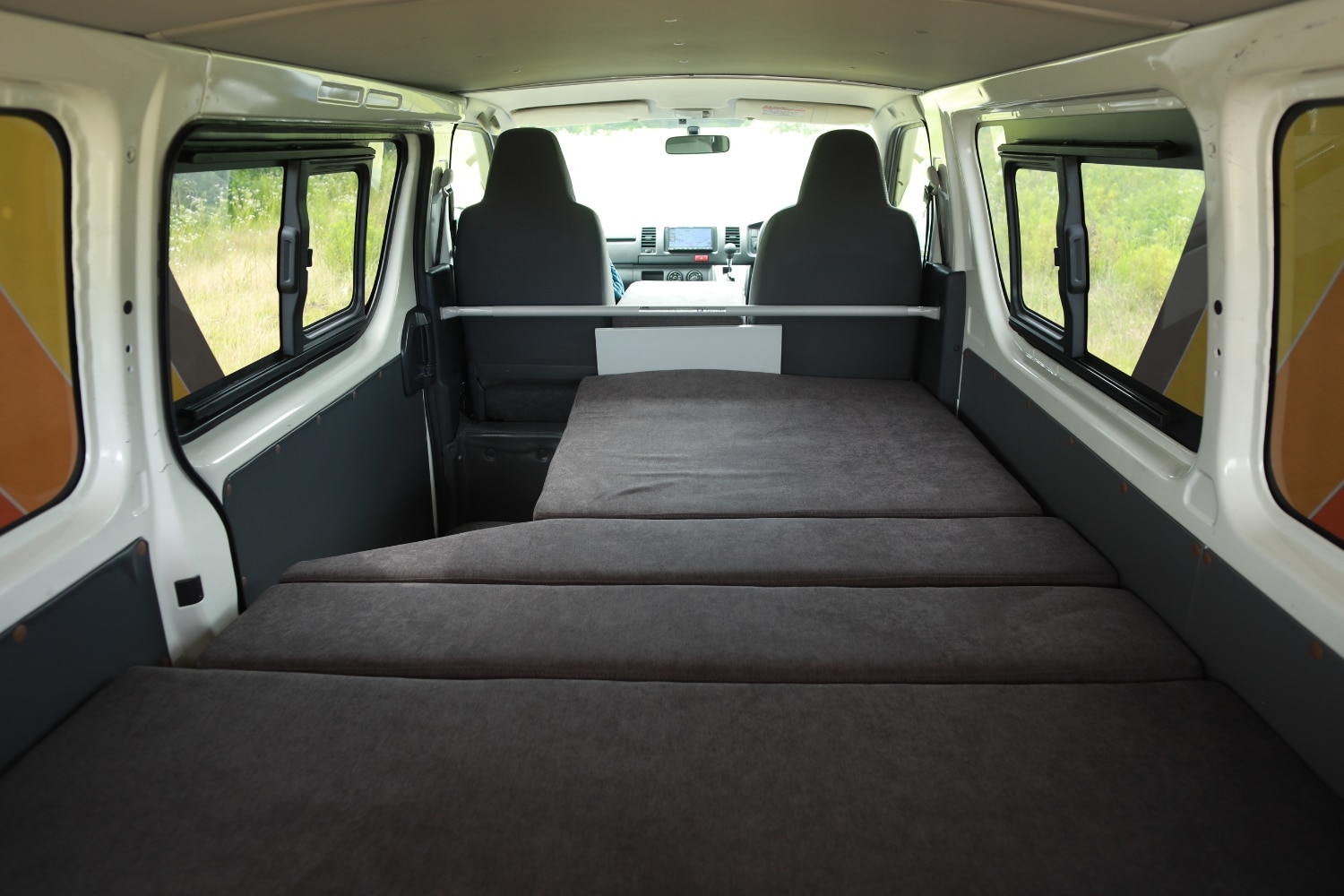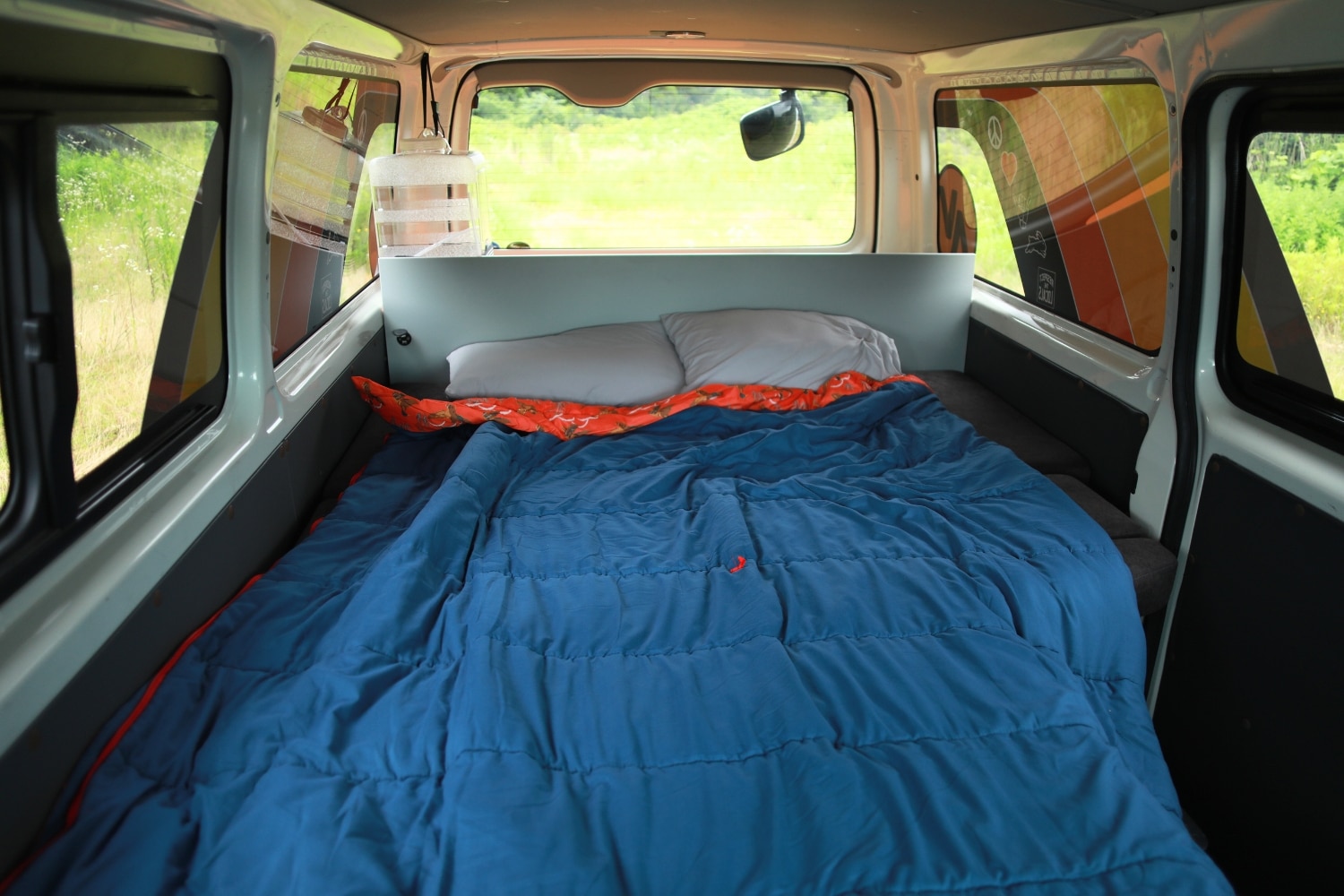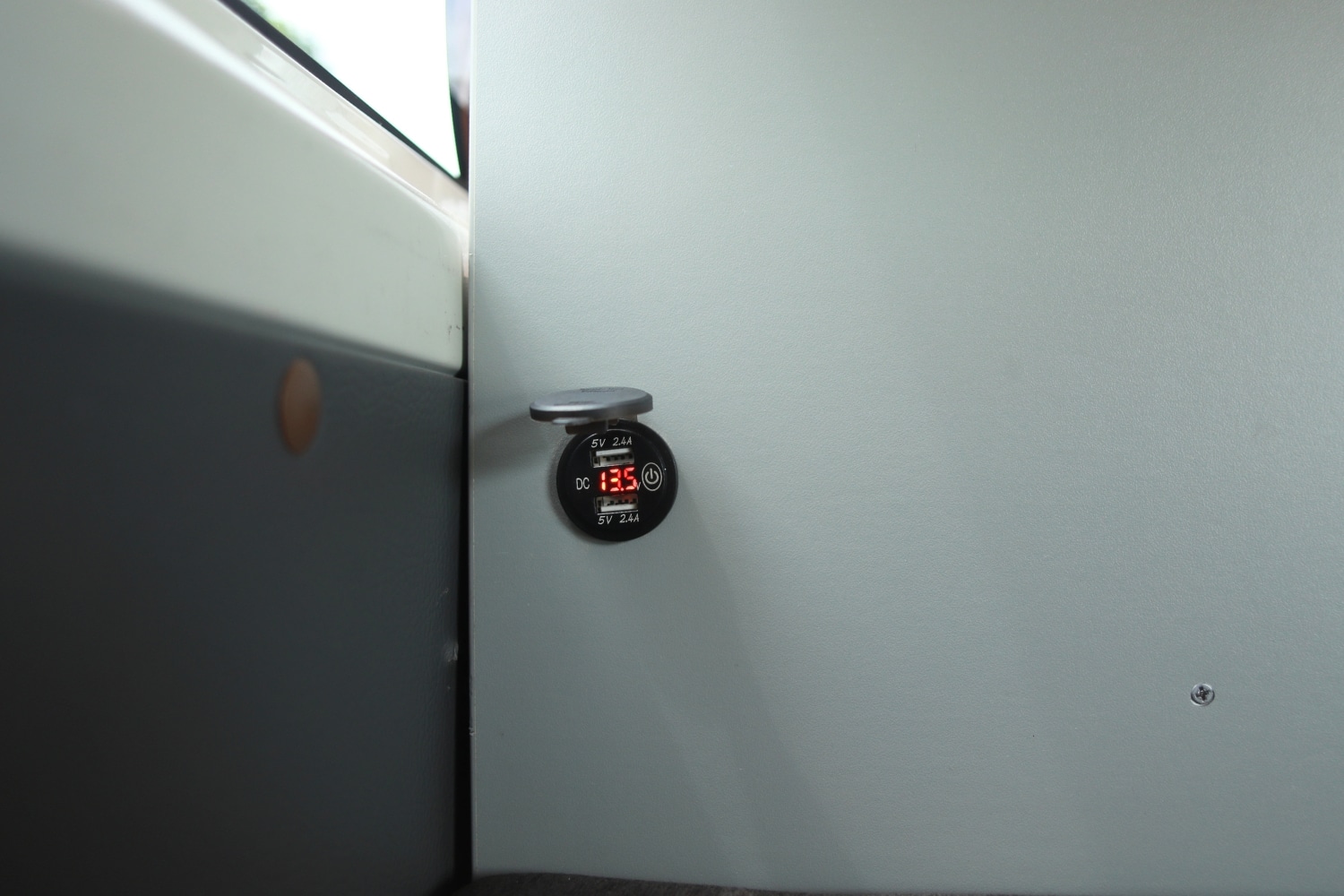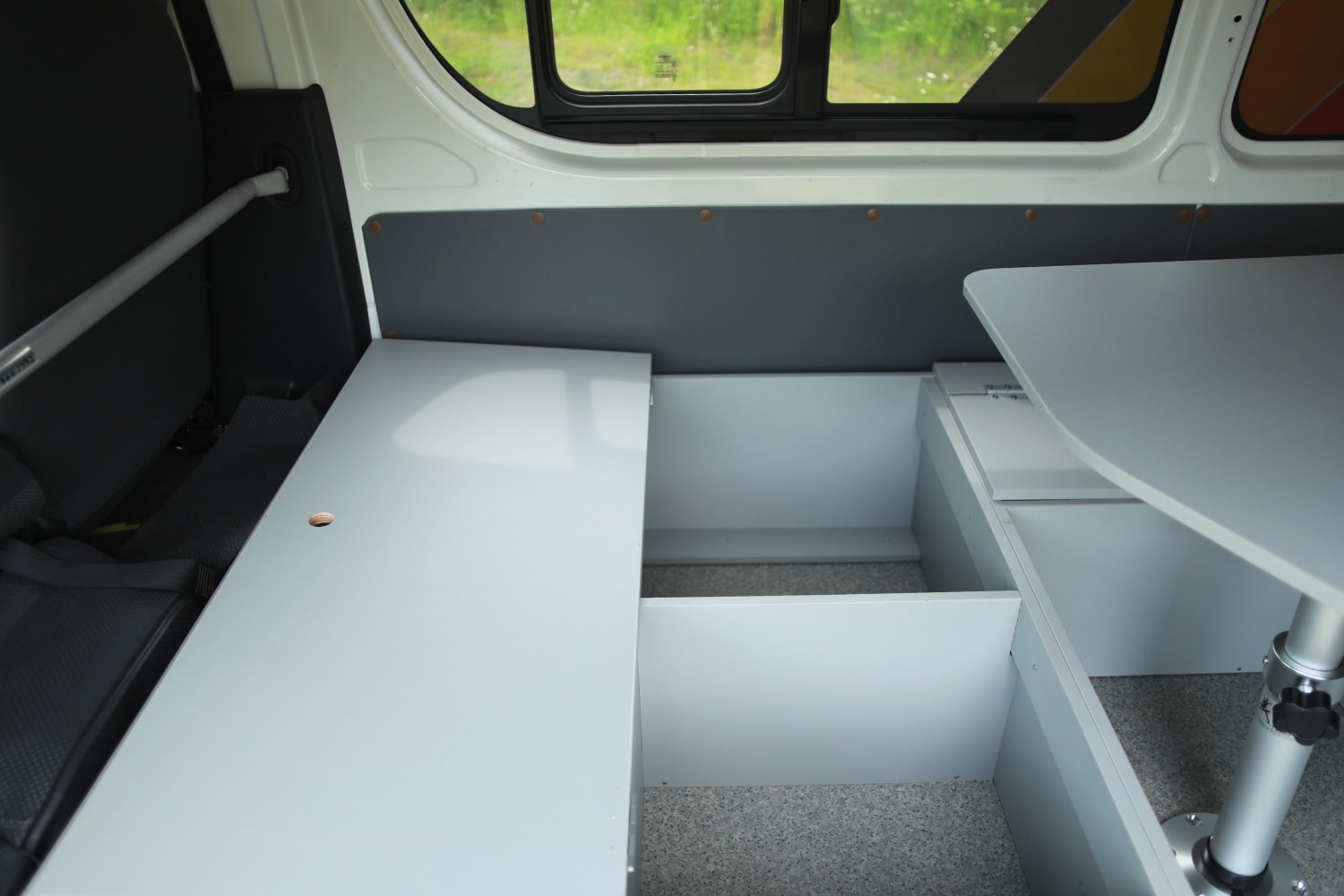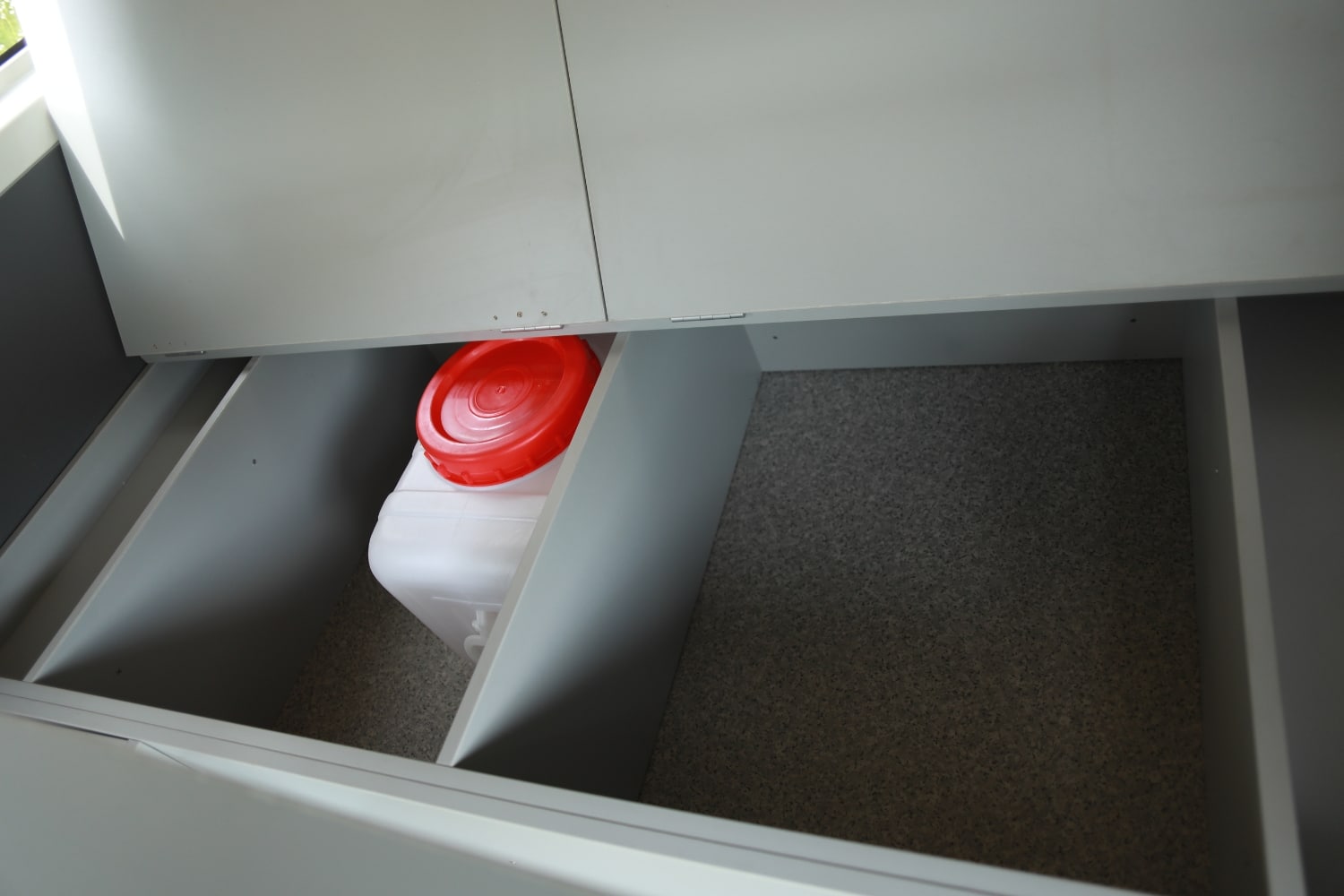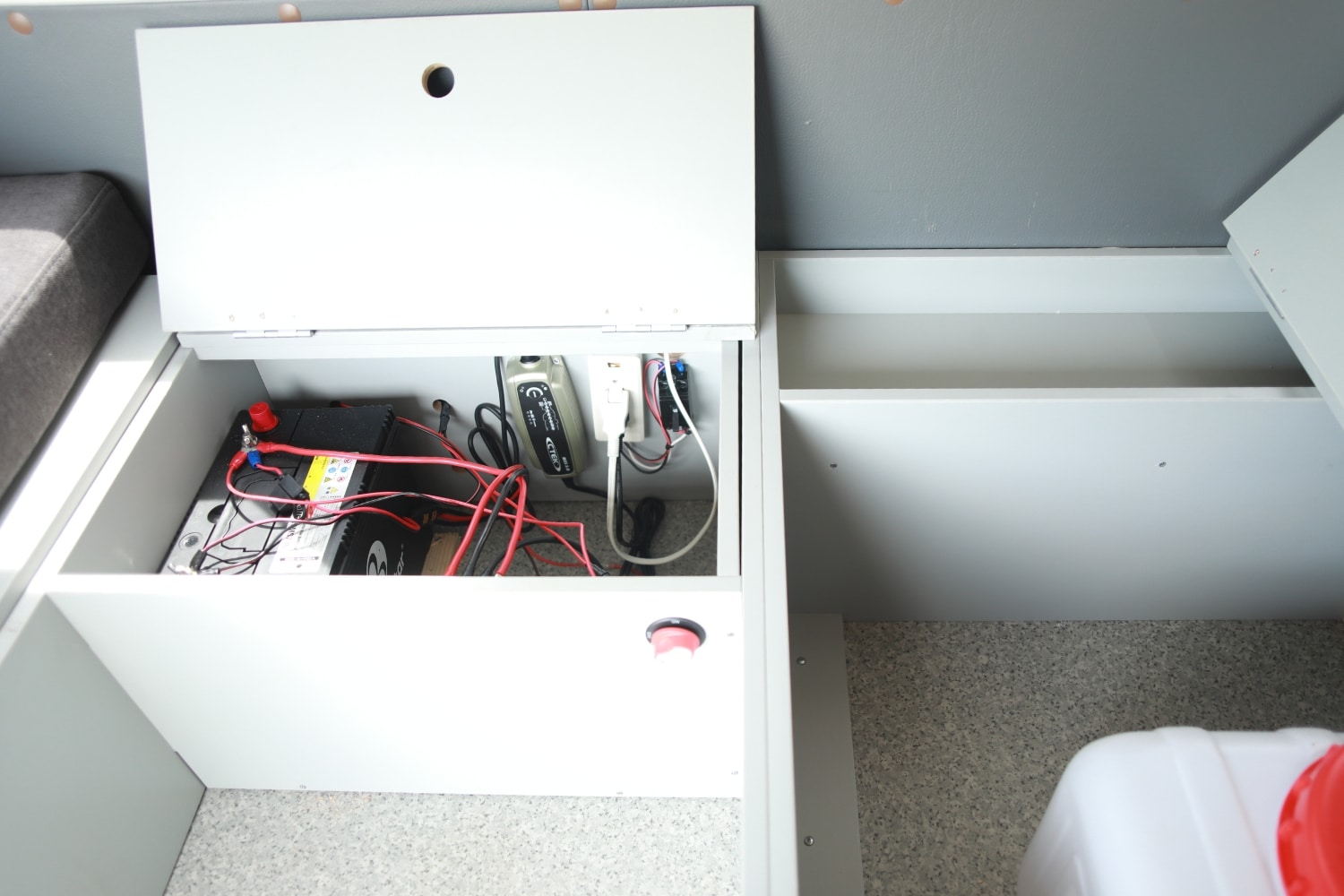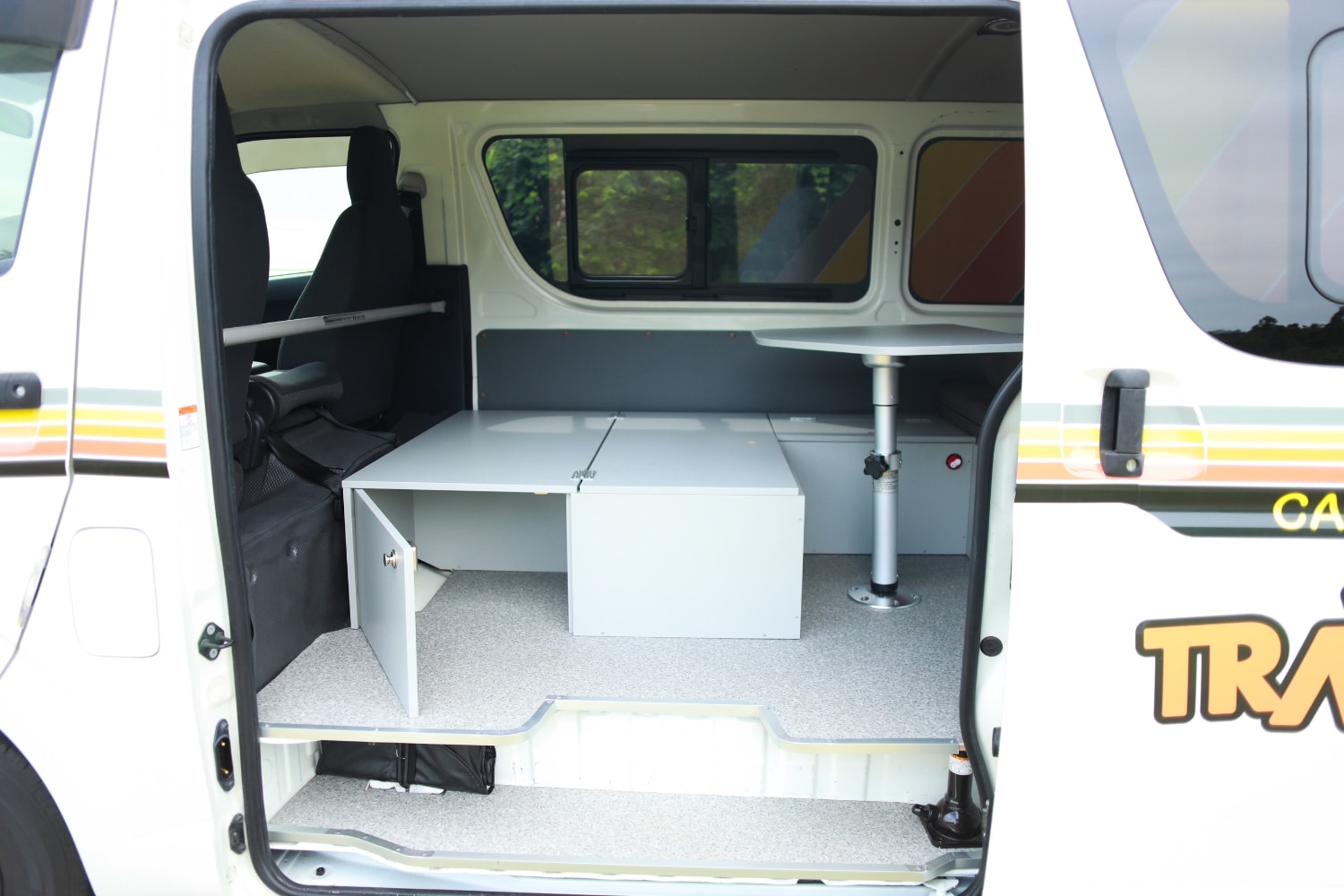Thinking about exploring Japan beyond the big cities? A campervan trip might be your perfect solution. Japan’s beautiful countryside, excellent road infrastructure, and abundance of roadside facilities make it one of the most underrated campervan destinations in the world. In this guide, we’ll walk you through everything you need to know as a first-time campervan traveler in Japan—from driving rules and licenses to where you’ll shower and what to pack in autumn and winter.
Why Choose a Campervan Over Trains or Hotels?
While Japan’s public transportation is world-famous, campervan travel offers a completely different kind of freedom:
- No need to book hotels in advance
- Visit hidden gems off the tourist trail
- Travel at your own pace
- Cost-effective for families or groups
- Sleep with a view—mountains, lakes, or the ocean
Related Posts:
Benefits of traveling Japan by campervan | Travellers Autobarn
Campervan Travel Tips: Planning, Packing and Navigating in Japan
Japan Travel Guide: 8 regions of Japan
Can Foreigners Drive a Campervan in Japan?
Yes, you can—but you need the right kind of driver’s license.
What You Need:
- An International Driving Permit (IDP) based on the 1949 Geneva Convention
- OR an official Japanese translation of your domestic license (for drivers from Switzerland, Germany, France, Belgium, Monaco, Taiwan)
- Your original driver’s license
- Your passport
⚠️ Japan drives on the left side of the road. Be prepared for narrow rural roads and watch for signage in Japanese, though most road signs follow international standards.
Basic Japanese Road Rules You Should Know
- Speed limits: 50–60 km/h in urban areas, 80–100 km/h on highways
- No mobile phone use while driving
- Zero tolerance for drinking and driving
- Seatbelts are mandatory for all passengers
- ETC cards are used for highway tolls—you can usually rent one with your campervan
- Stop at all railroad crossings and stop signs
- In case of an accident, call police at 110.
Driving in Japan is generally safe and orderly, especially outside large cities. Navigation apps like Google Maps, Waze, or NaviTime can be helpful.
Related Post:
License and Driving rule in Japan all campervan roadtrip driver should know
Showers, Toilets & Daily Comfort: Is Vanlife in Japan Practical?
- Yes—and surprisingly comfortable!
Where to Park Overnight
- Michi-no-Eki (Roadside Stations):
Free roadside rest areas with parking, clean restrooms, and often local food or souvenirs. You can stay overnight, but no camping allowed. - RV Parks:
Designated campervan facilities with amenities such as electricity, toilets, showers, and sometimes laundry. These are the most reliable and legal options for overnight stays. - Campgrounds:
Japan offers many scenic and well-equipped campgrounds that welcome campervans. Facilities typically include showers, toilets, trash disposal, and sometimes cooking or BBQ areas. - Public Parking Lots (e.g., parks, tourist spots):
In some rural or less crowded areas, public parking lots—including those at local parks—may allow overnight stays. However, this is not guaranteed, and the rules vary by municipality. Always check for posted signs or local regulations before staying overnight. - Please do not park on private property. Always park in public parking areas, coin-operated parking lots, or the designated places stated above to avoid trouble.
Related Post:
Where to Stay overnight in a Campervan in Japan
Where to Shower
- Public Bathhouses:
Found in most towns and cities, public bathhouses are affordable and clean. Prices typically range from ¥300 to ¥1900, and hours vary by location. - RV Parks:
Some RV parks include shower facilities. - Campgrounds:
Many campgrounds offer basic shower rooms. Facilities may vary depending on the region and season, so checking ahead is recommended. - 🛁 Bath Etiquette:
Wash your body before entering shared baths, keep towels out of the water, and be respectful of others.
Tipping and Price Negotiations in Japan
Tipping and price negotiations are not common in Japan. The price you see is typically the price you pay, and tipping is not expected in any situation. This makes traveling in Japan straightforward and hassle-free.
Garbage Disposal in Japan
Japan has relatively few public trash bins compared to many other countries, so it’s common to carry your trash with you until you find a proper place to dispose of it. This helps keep public spaces clean and pleasant for everyone.
When disposing of garbage, please follow local rules and separate your waste carefully. Typical categories include burnable (combustible) trash, recyclables like plastic bottles and cans, and non-burnable waste. Many public areas and campsites provide clearly labeled bins for sorting.
Always remember to take your trash with you if no bins are available, and never leave litter behind.
Related Post:
Recommended Seasonal Routes
Spring: Enjoy Japan’s famous cherry blossoms and relaxing hot springs on a route from Kawaguchiko to Izu. This area offers stunning views of Mt. Fuji, beautiful flower spots, and soothing onsen to warm up after a day on the road.
Summer: Escape the heat by traveling through Hokkaido. Known for its cool climate, beautiful flower fields, and fresh seafood, Hokkaido is a perfect summer destination for campervan travelers seeking nature and outdoor activities.
Autumn: Experience the vibrant colors of fall foliage combined with local gourmet foods. This route extends the November itinerary focusing on the best spots for maple leaves and seasonal specialties.
Winter: Avoid heavy snow regions for campervans. Instead, explore mild-weather areas like the Izu Peninsula or Kyushu. These regions offer warm hot springs and scenic coastlines without the risk of snow, making your winter campervan trip safe and enjoyable.
What to Pack for an Autumn or Winter Campervan Trip in Japan
Japan gets cold from November through February, especially in the mountains and northern regions. Here’s what you’ll need:
Clothing
- Thermal layers (heattech or wool)
- Windproof & waterproof jacket
- Warm socks and gloves
- Comfortable indoor clothes for sleeping
Winter Driving Tips
- It is highly recommended to equip your campervan with winter tires for safety.
- Driving a campervan in areas with heavy snow accumulation is not advised. Instead, choose snow-free regions like the Izu Peninsula or Kyushu during winter.
Related Post:
Conclusion
Traveling Japan by campervan is a unique way to experience the country’s stunning landscapes, local culture, and hidden gems at your own pace. Prepare well, respect local rules, and enjoy the freedom of the open road in Japan! Happy travels and safe driving!
Related Posts:
Best Cherry Blossom Road Trips by a Campervan – Camper Van & RV Rentals – Travellers Autobarn Japan
About the Author
Mayumi
I love nature and travel. I have lived and traveled in some countries and seen many cultures. I would love to share stories of Japan so that visitors can learn more about this wonderful and unique culture and have an unforgettable and enjoyable trip.
